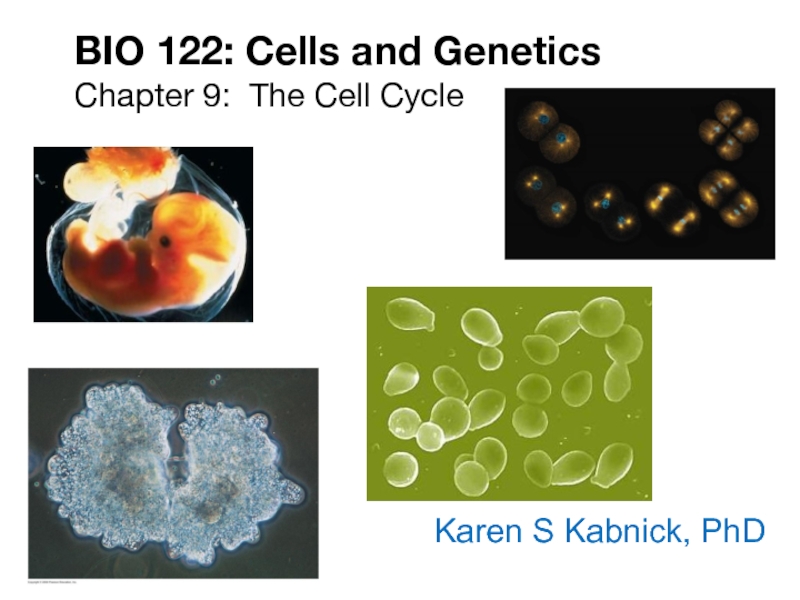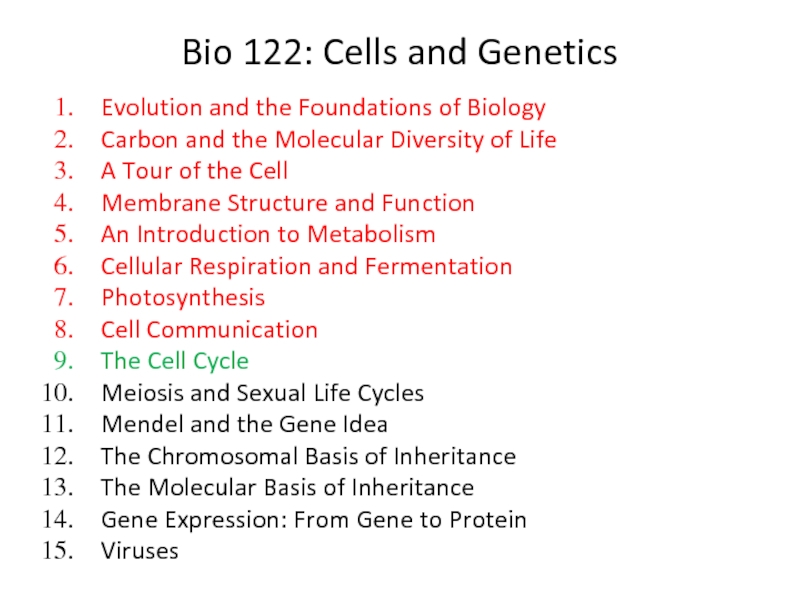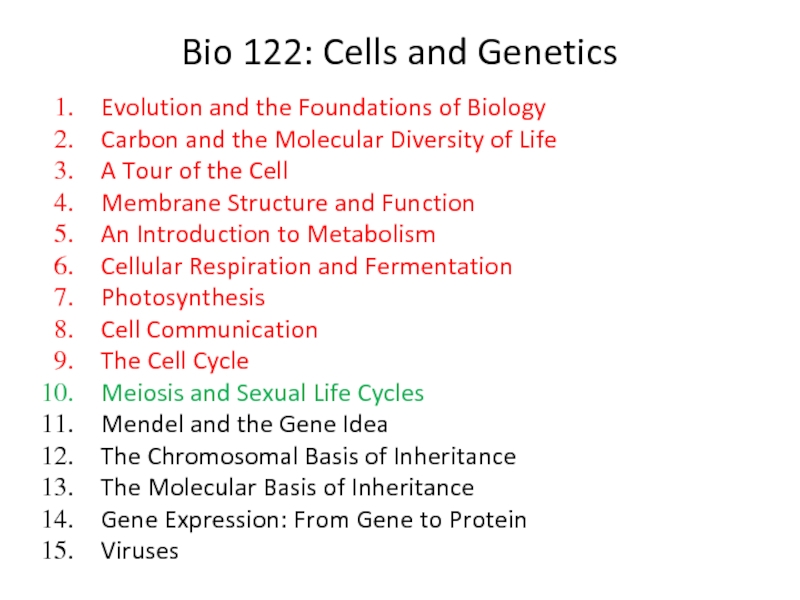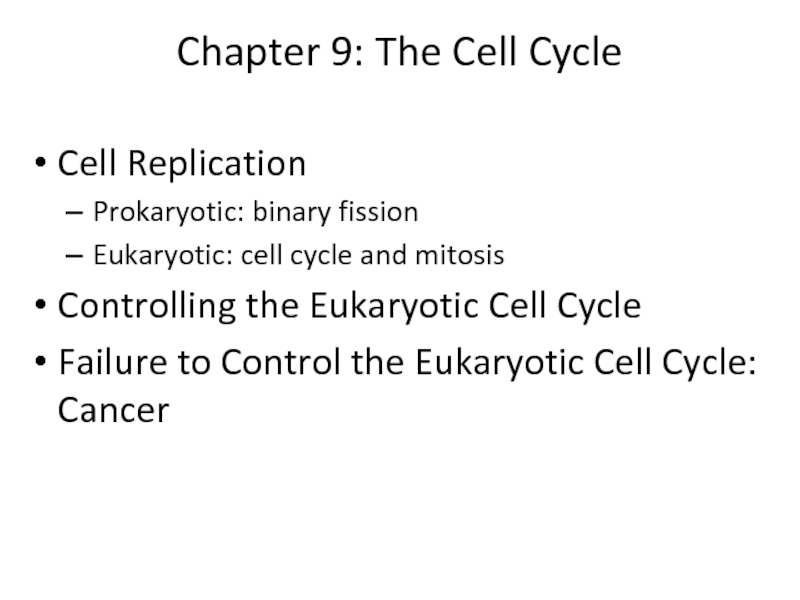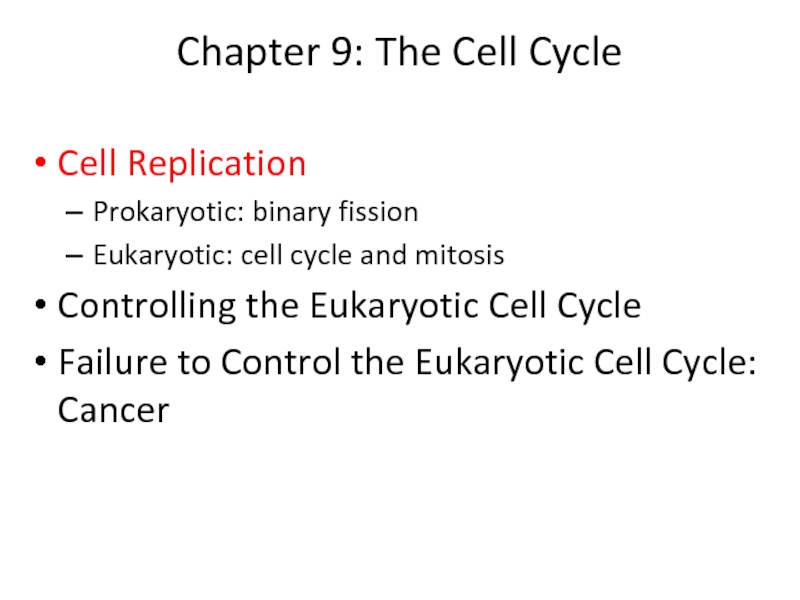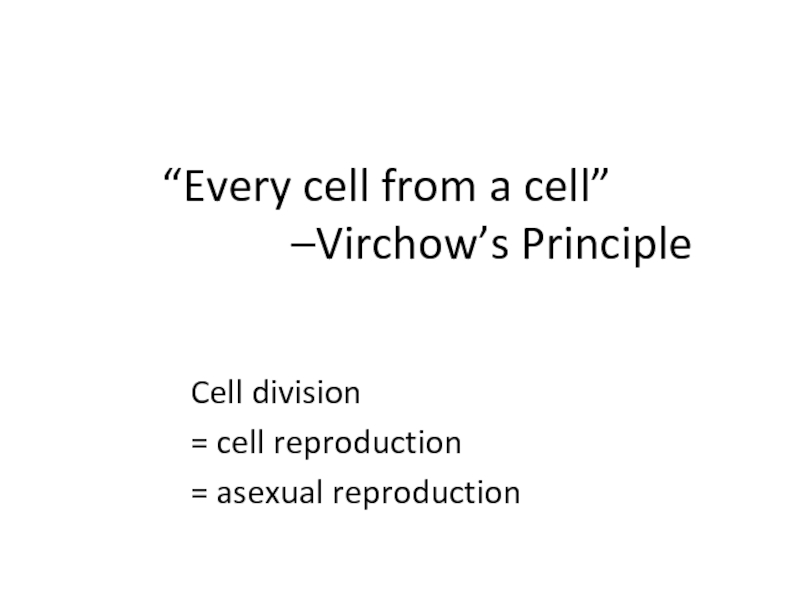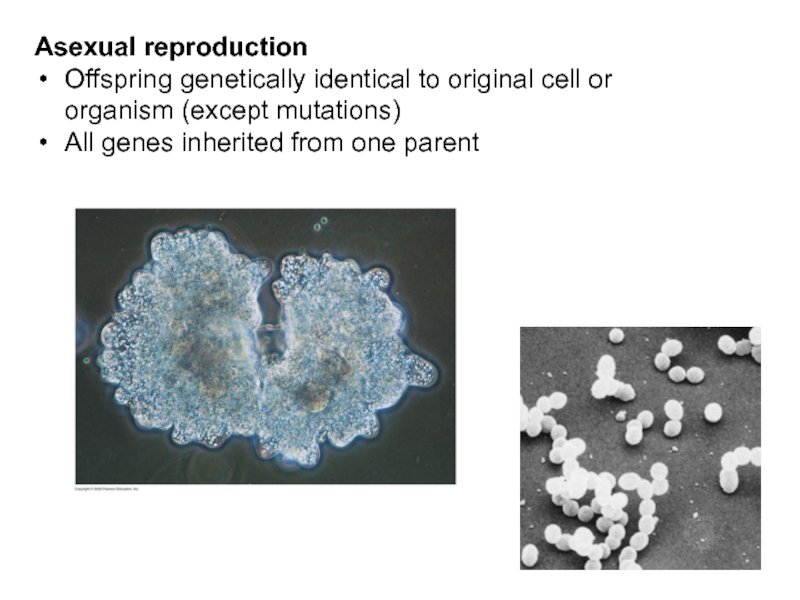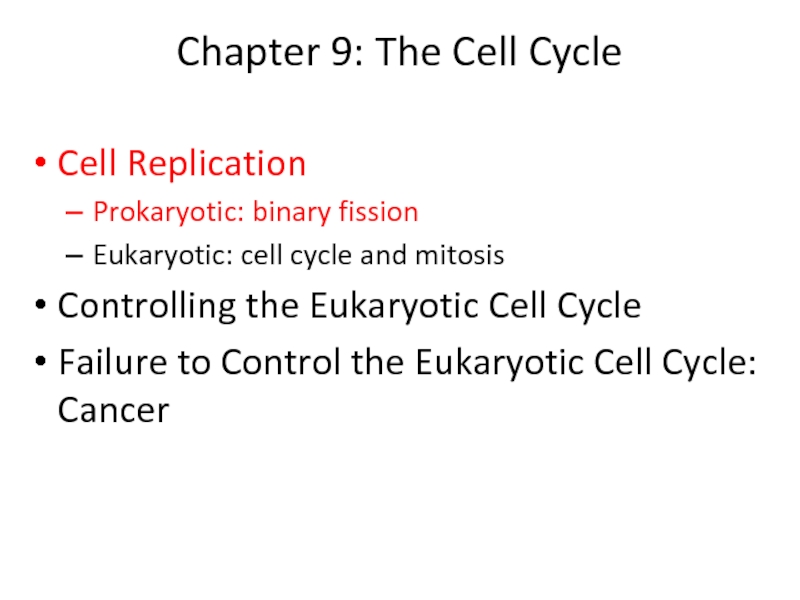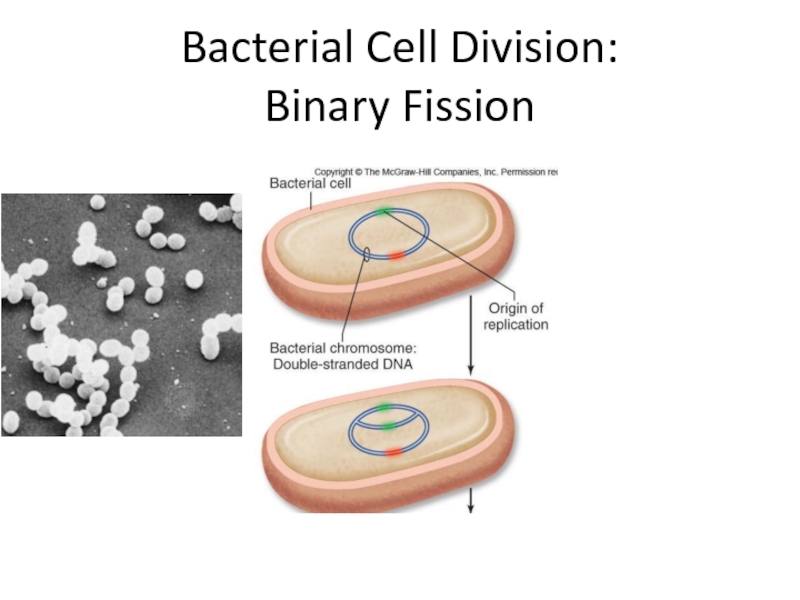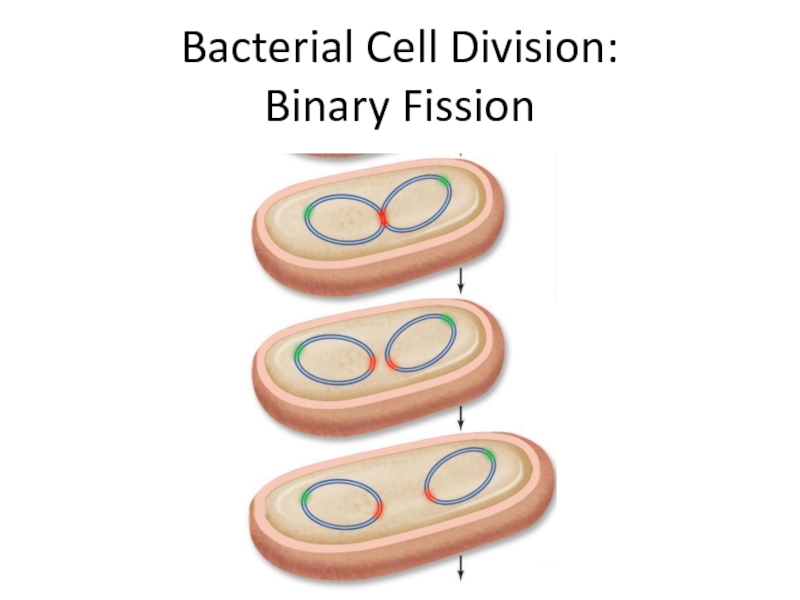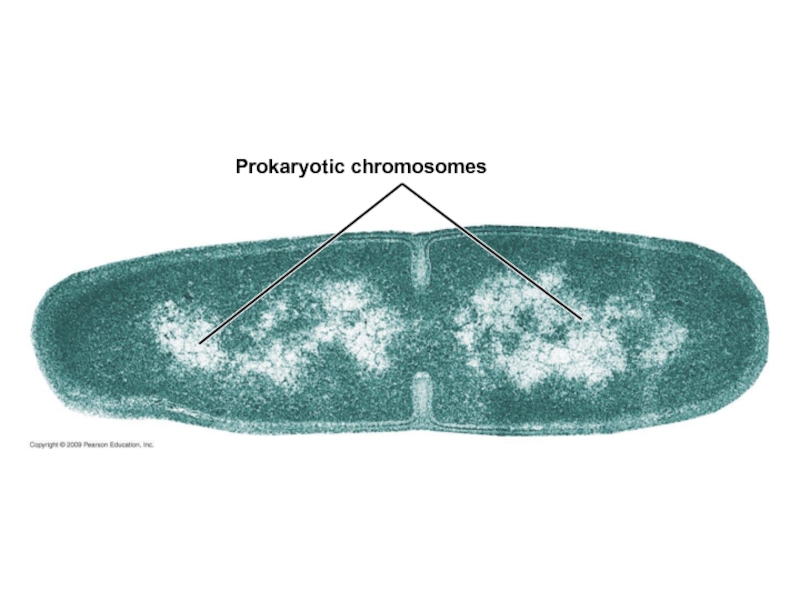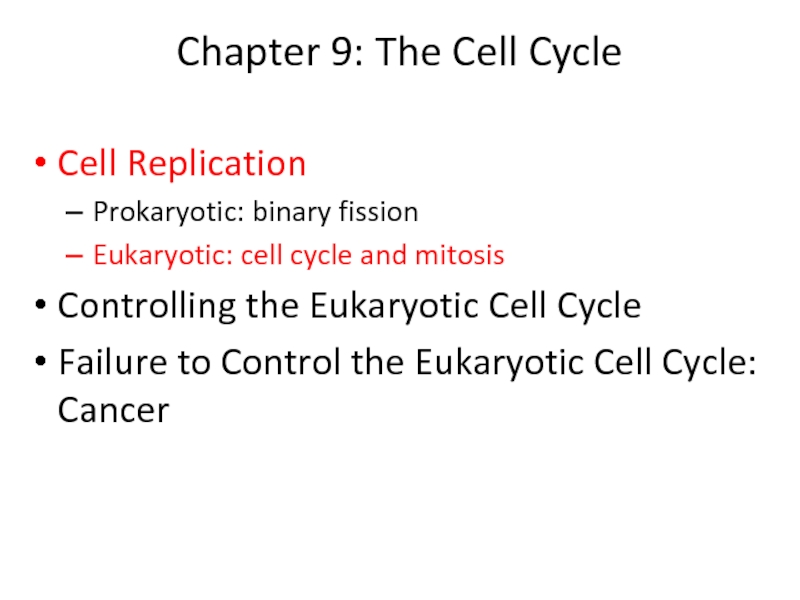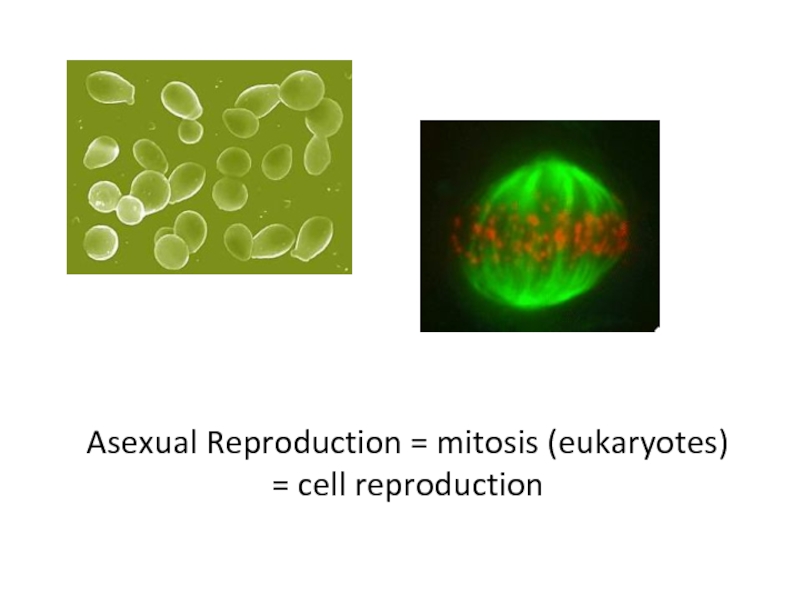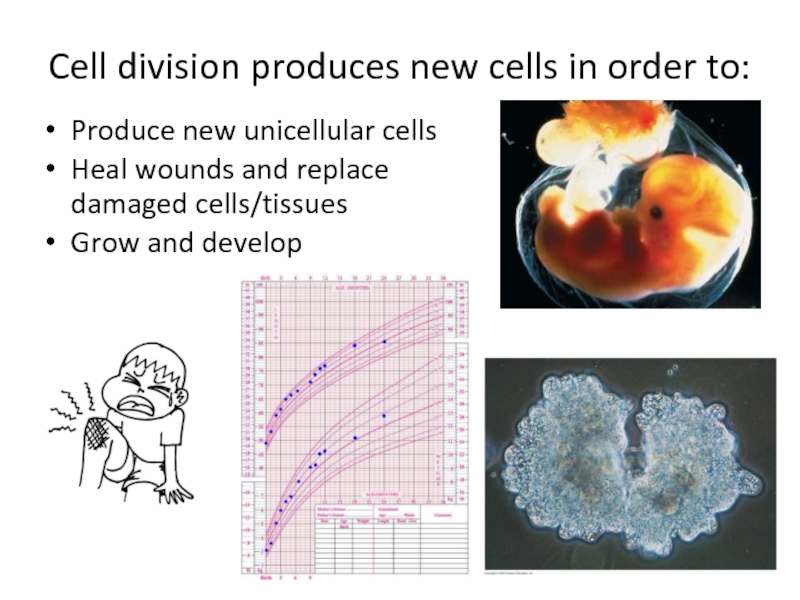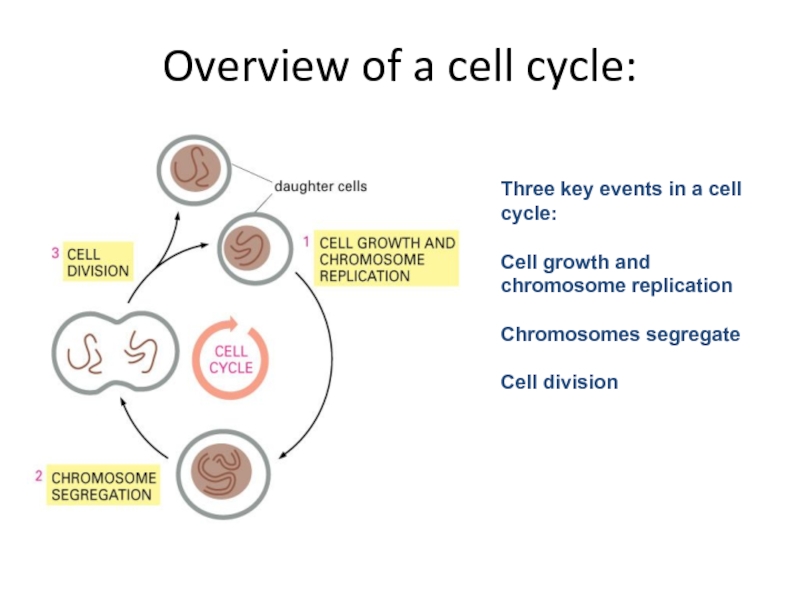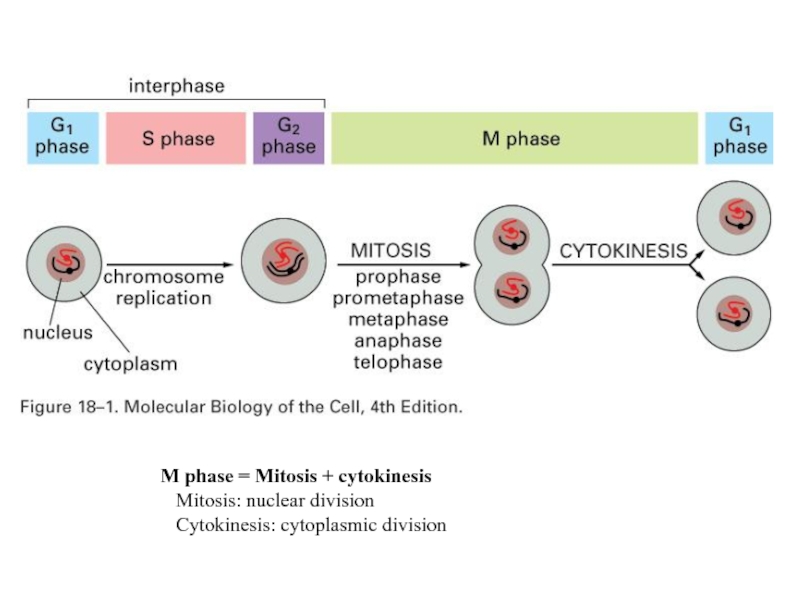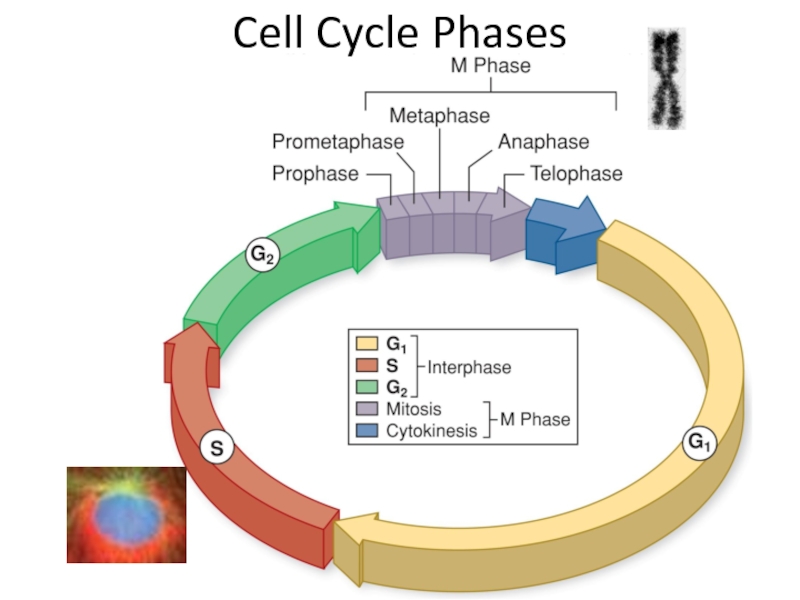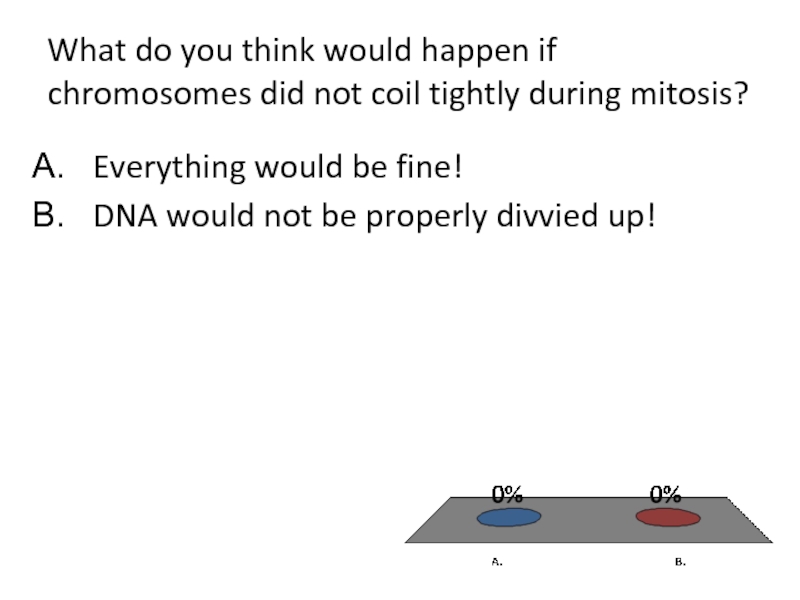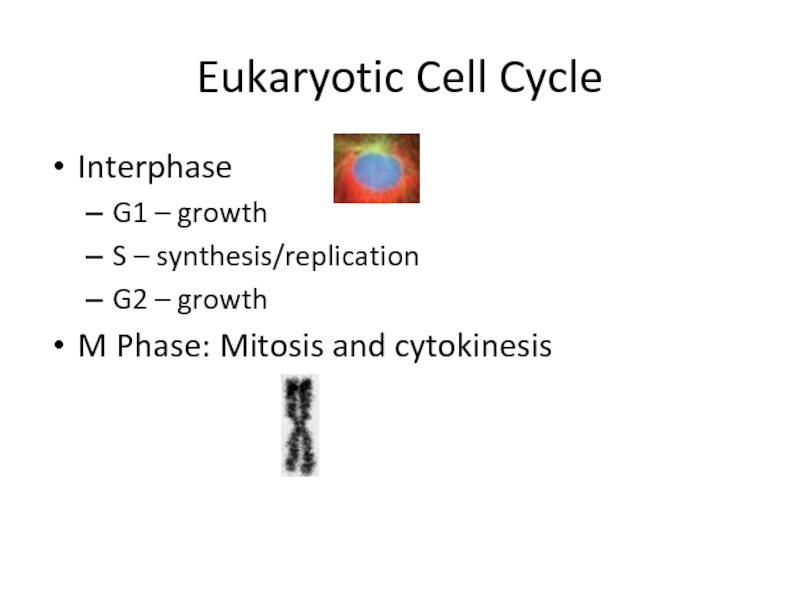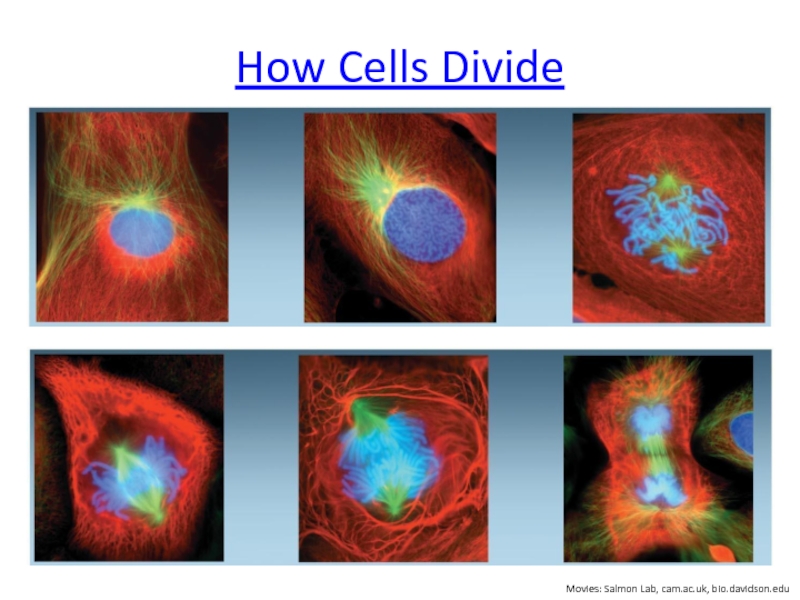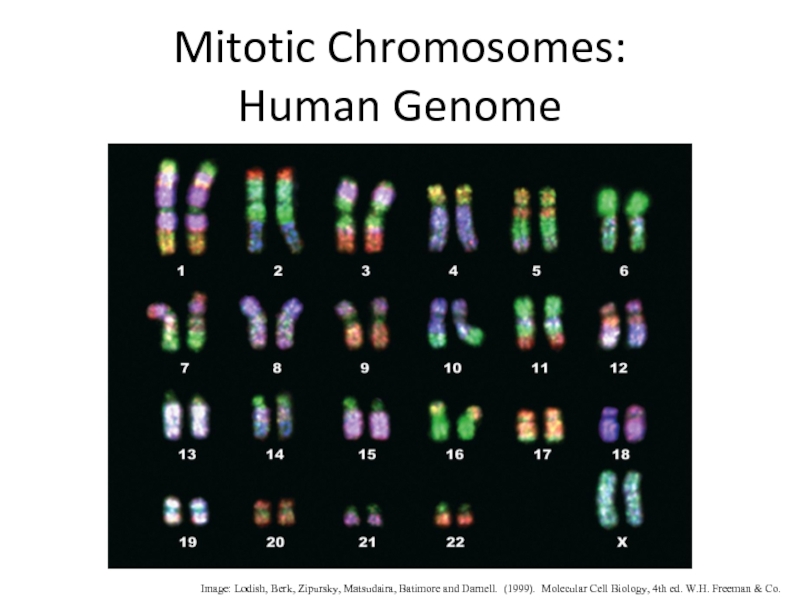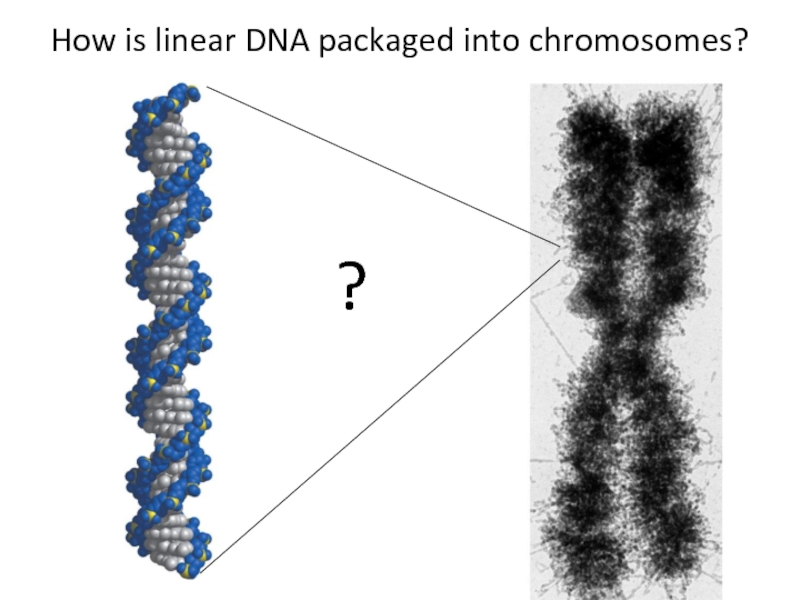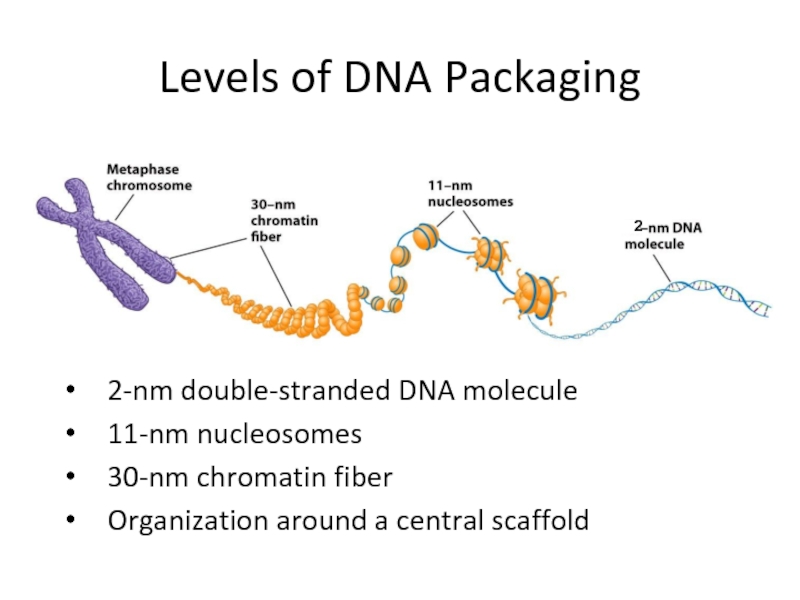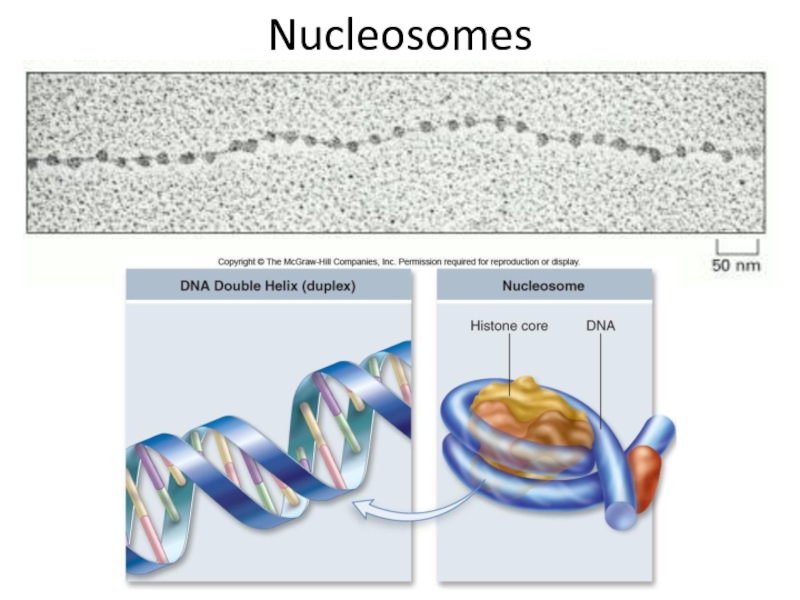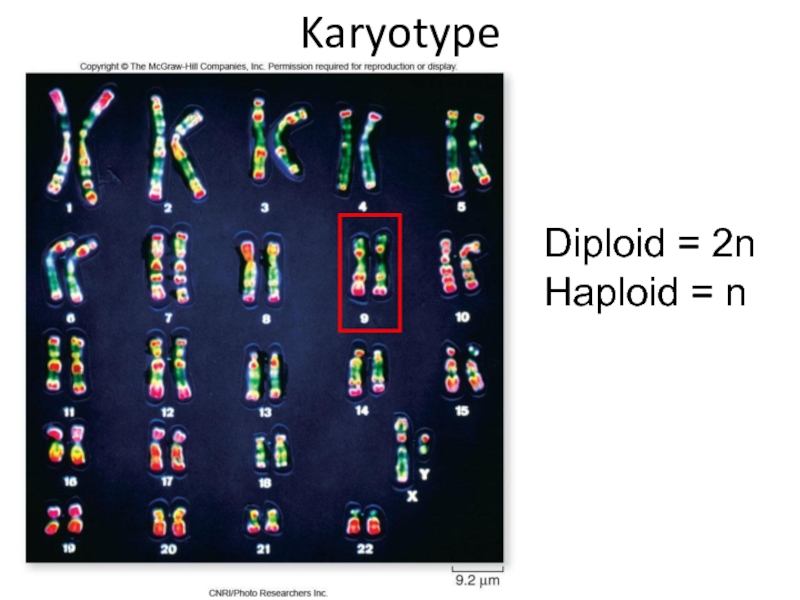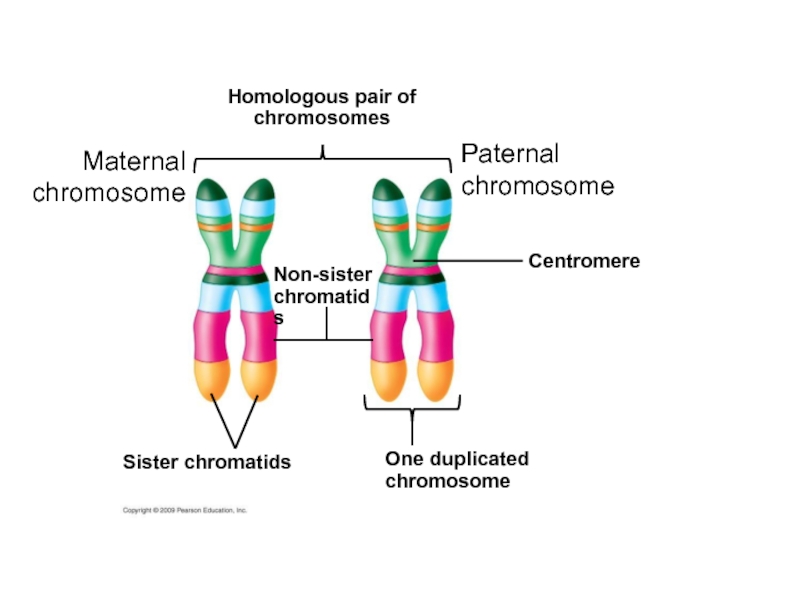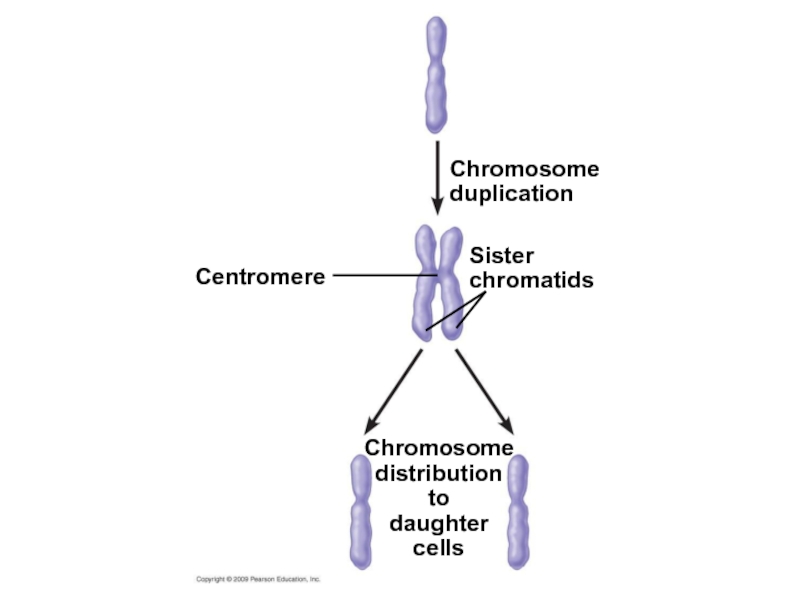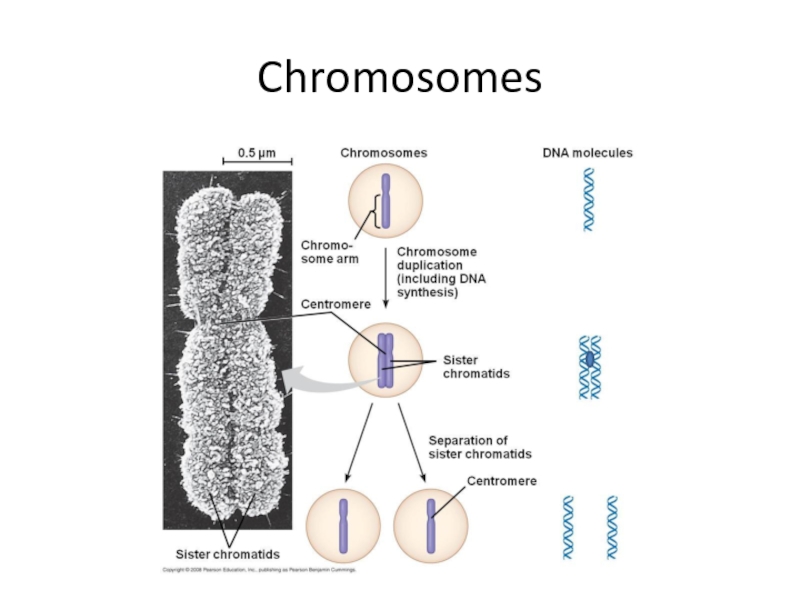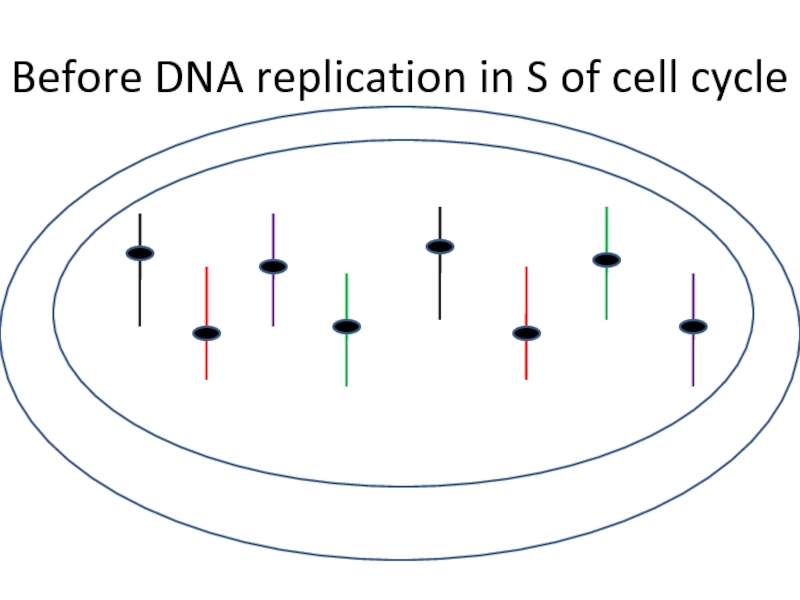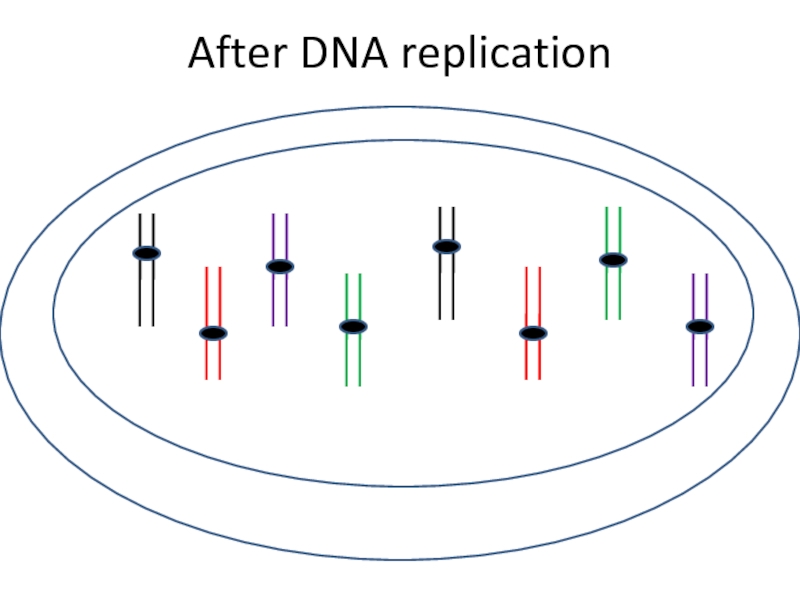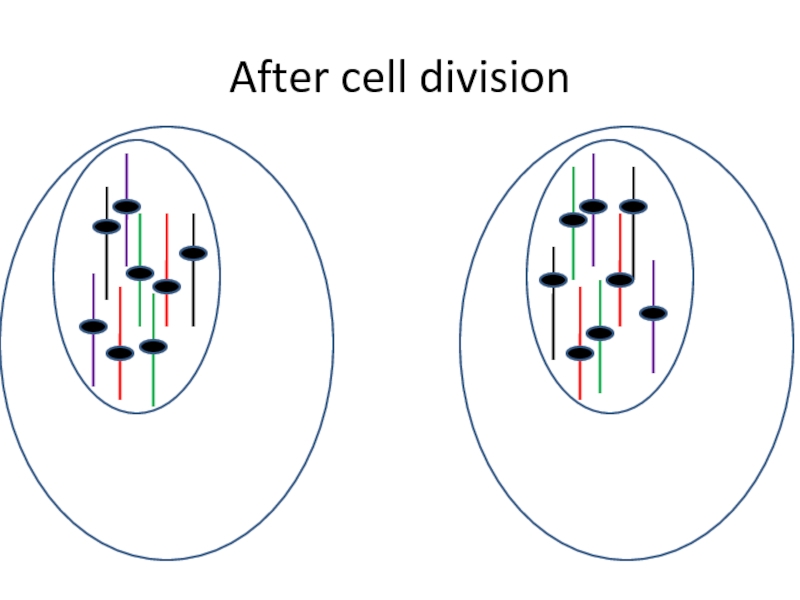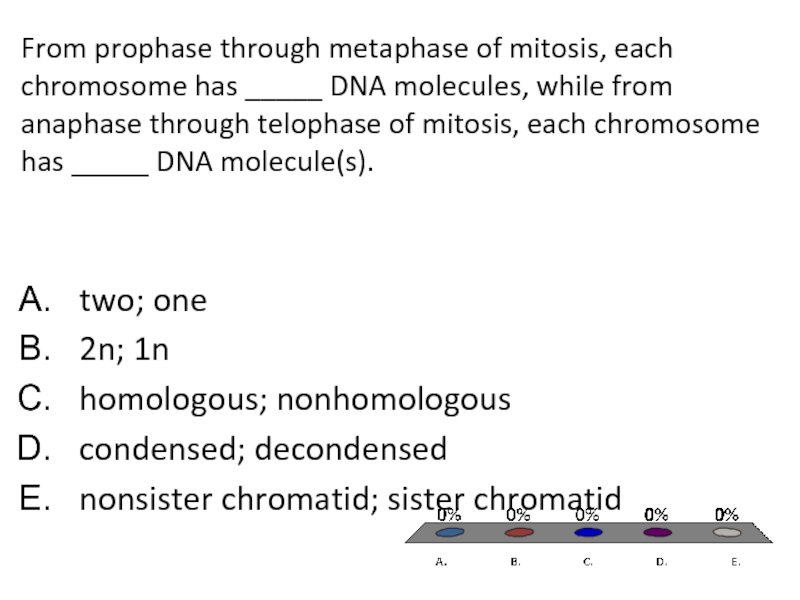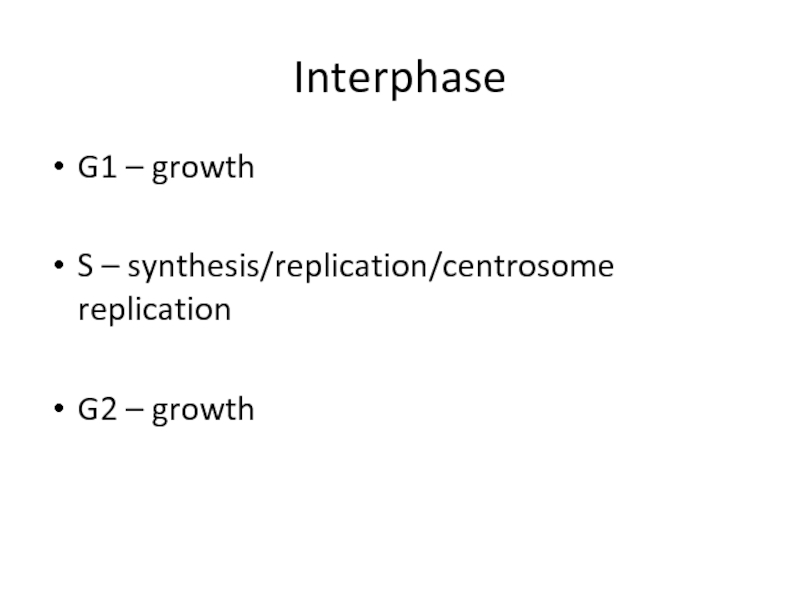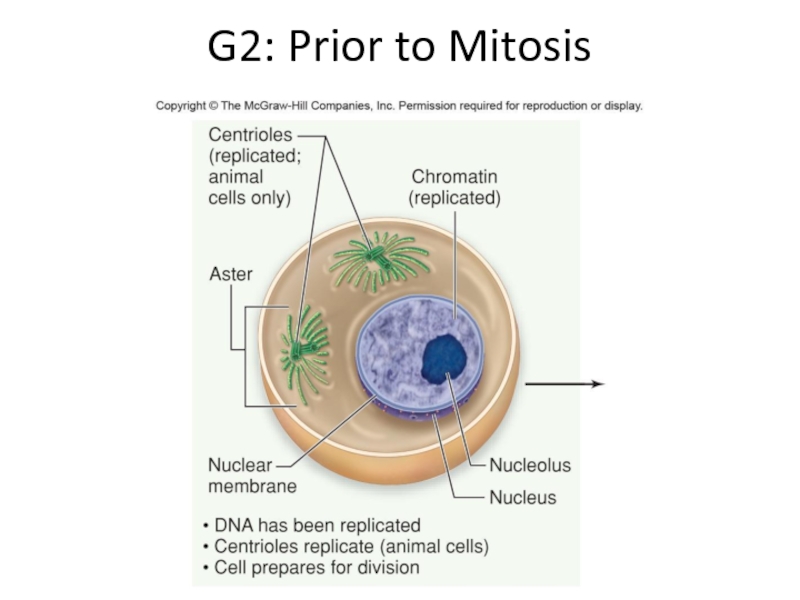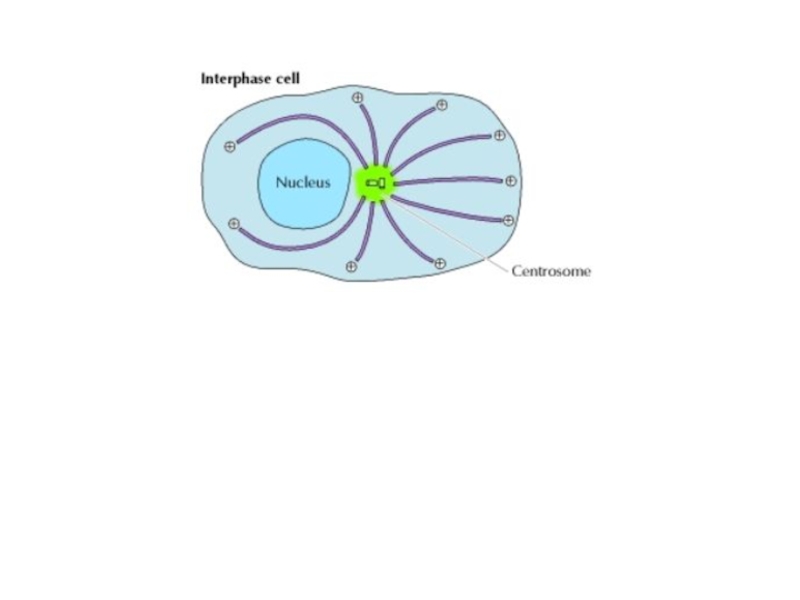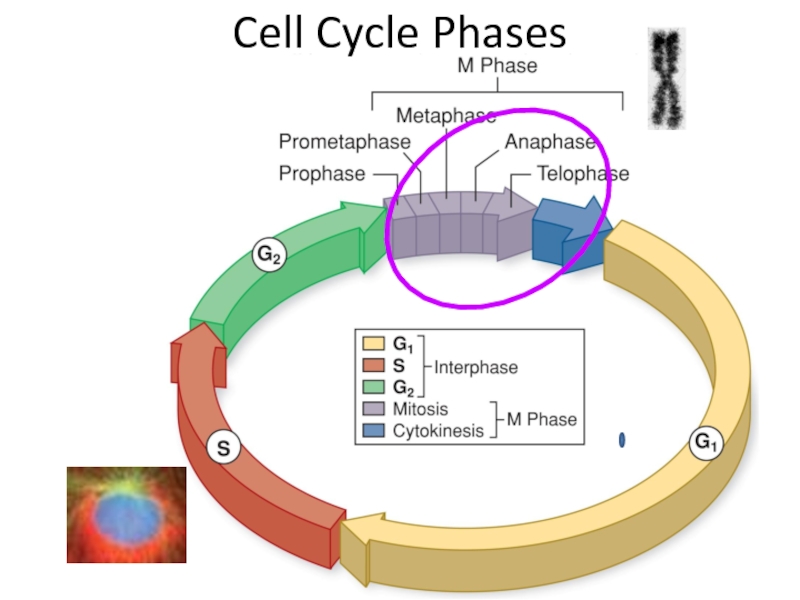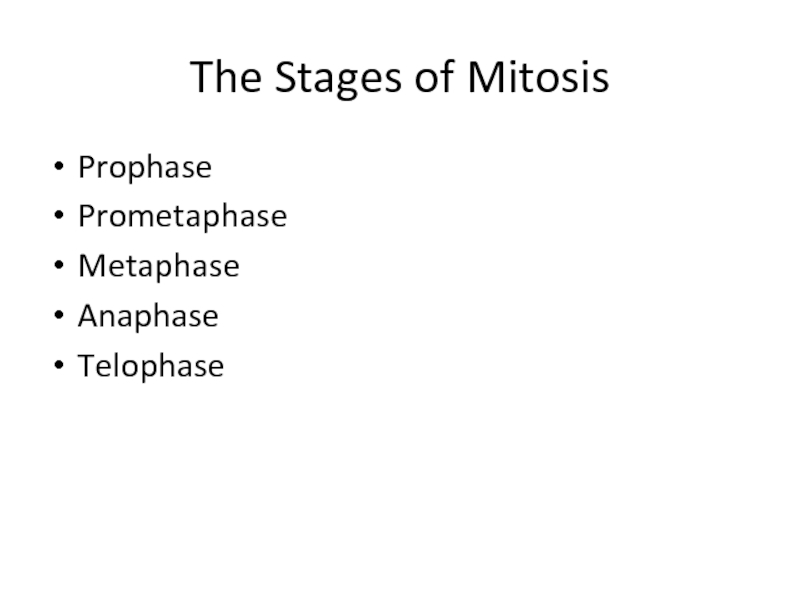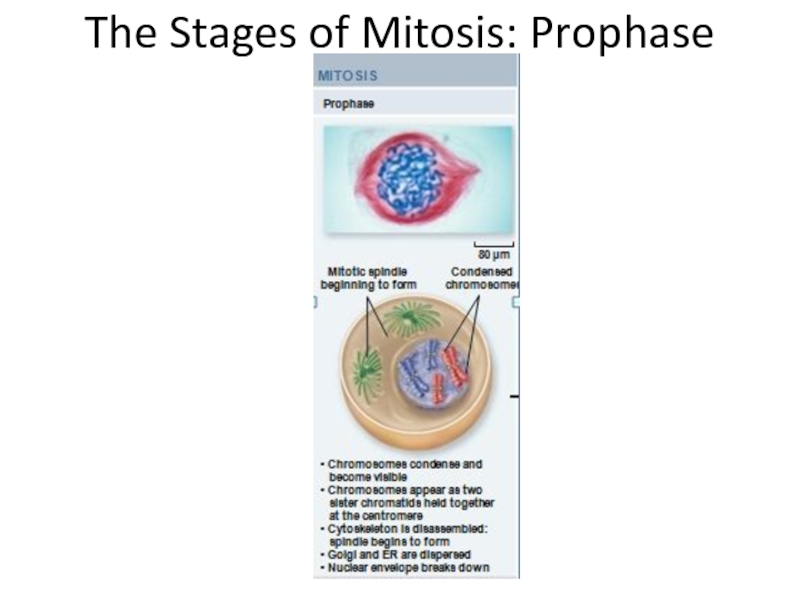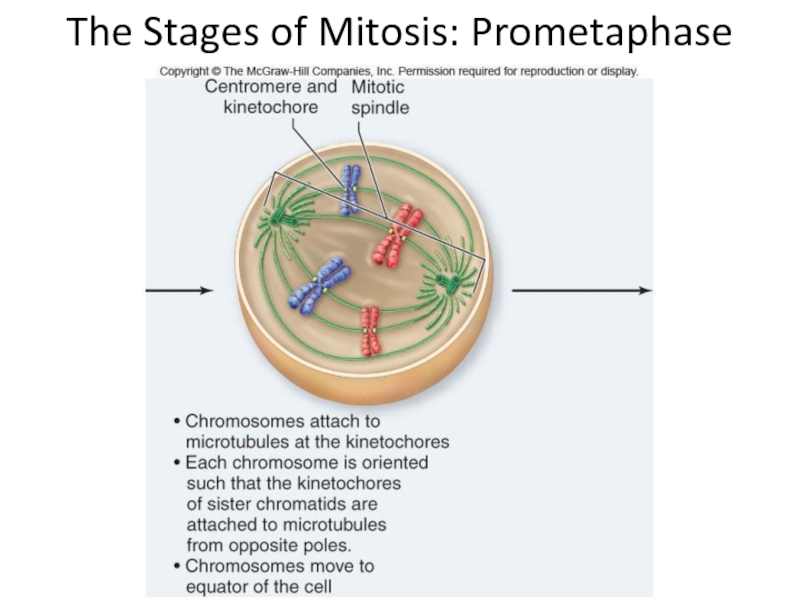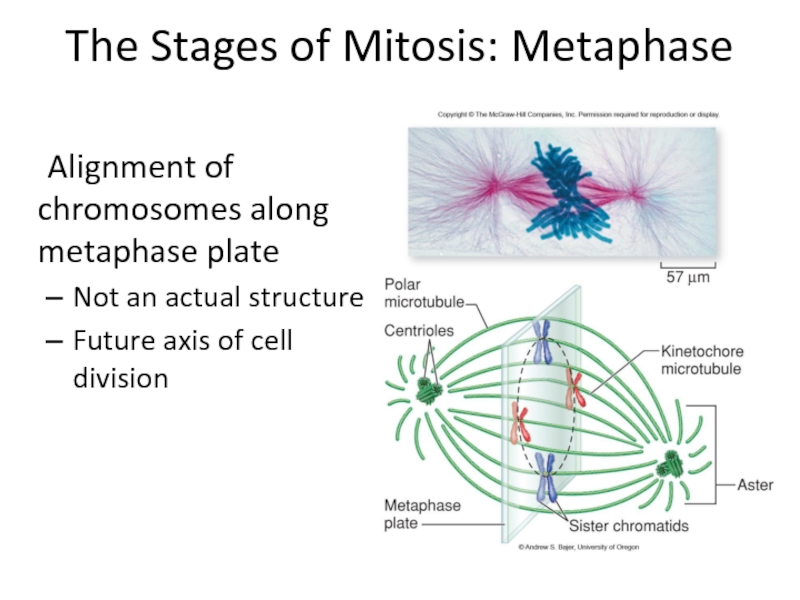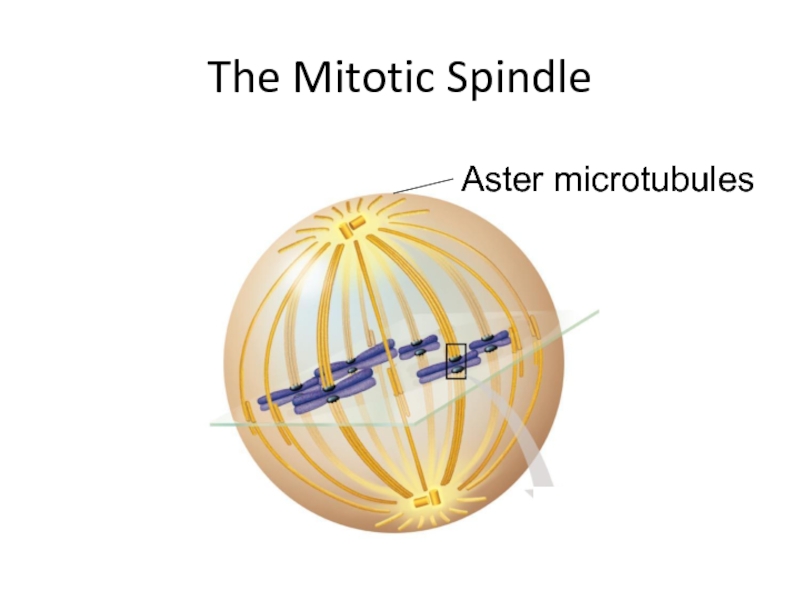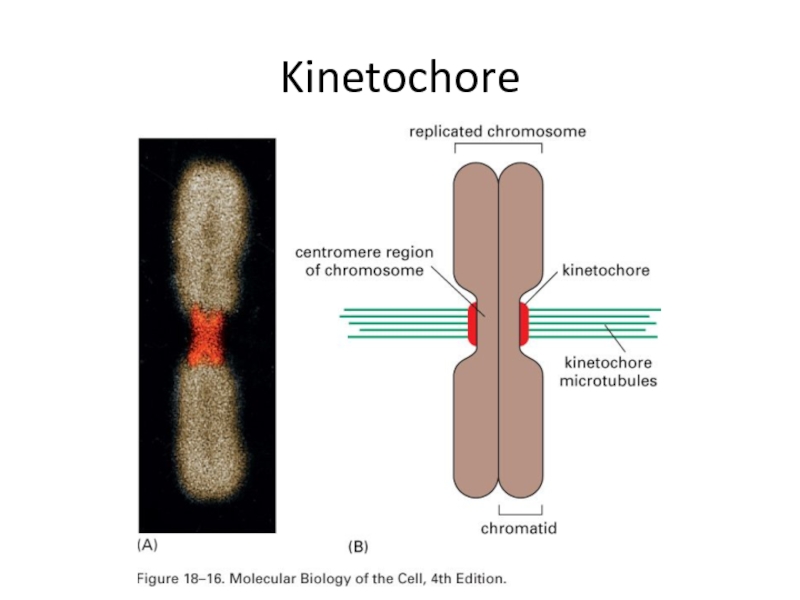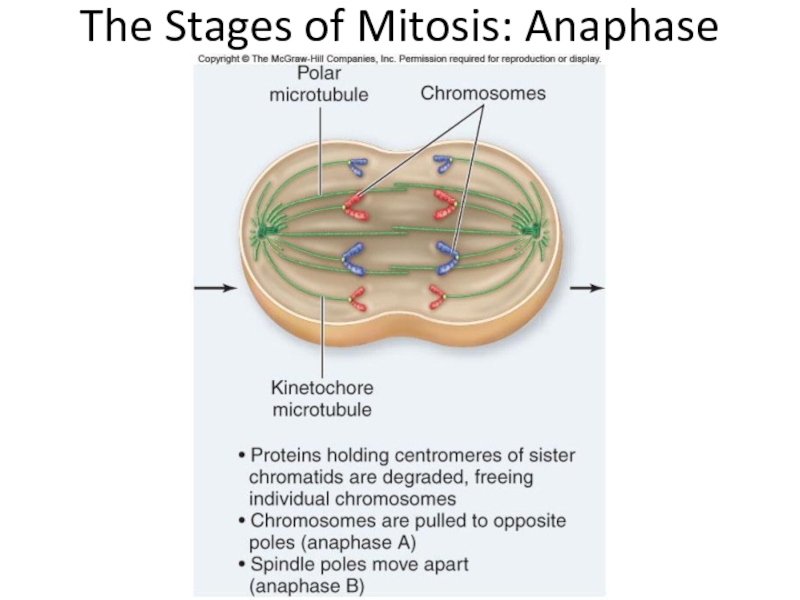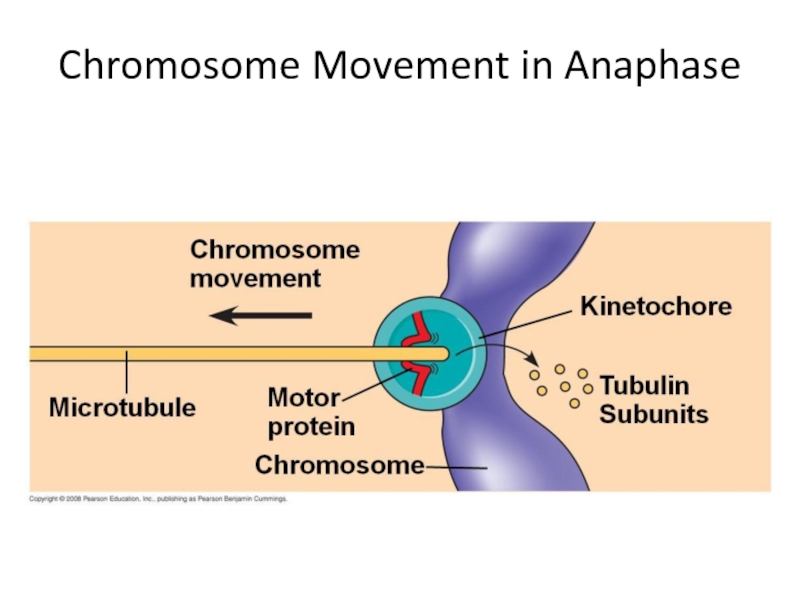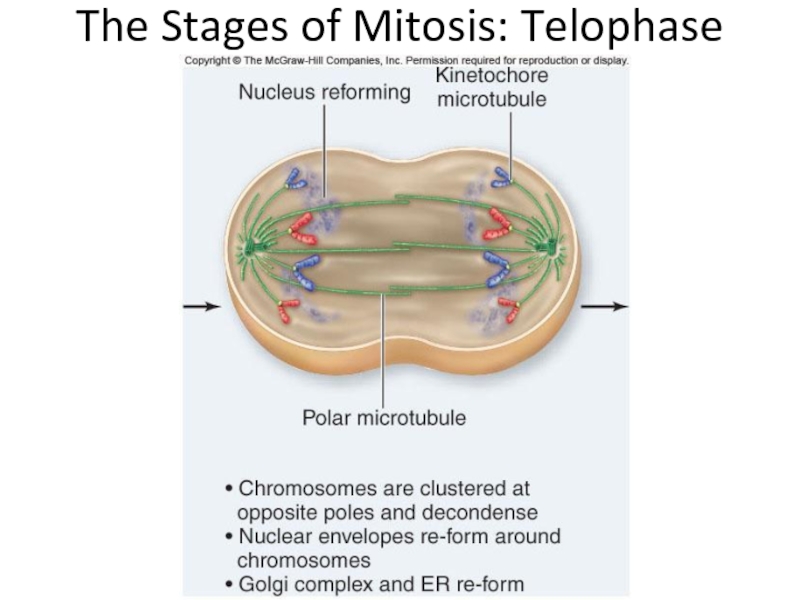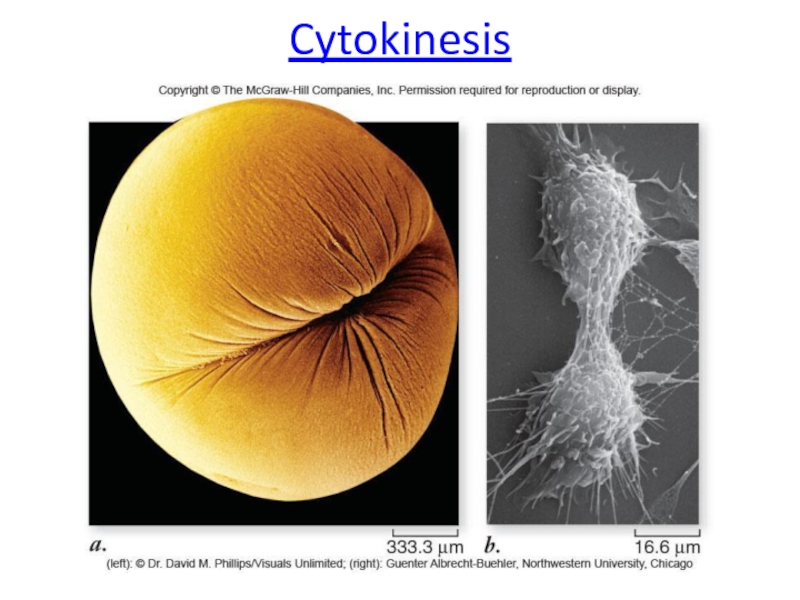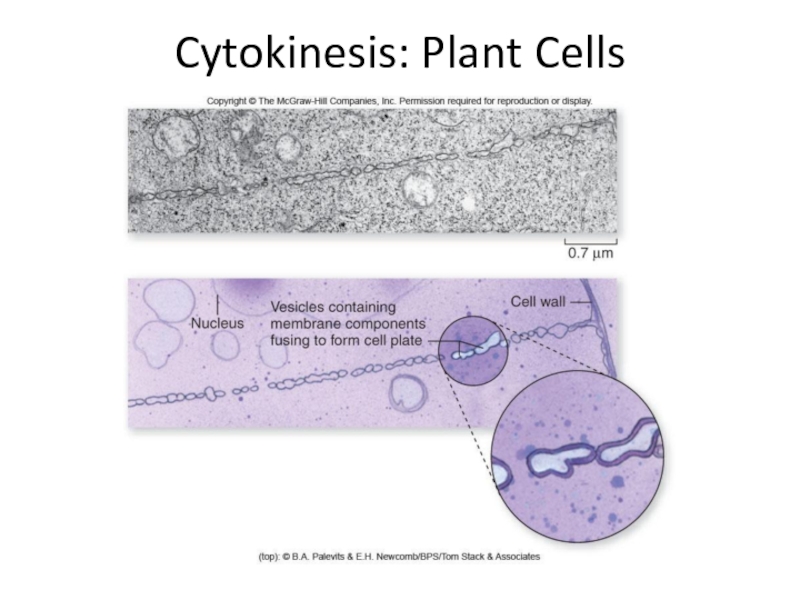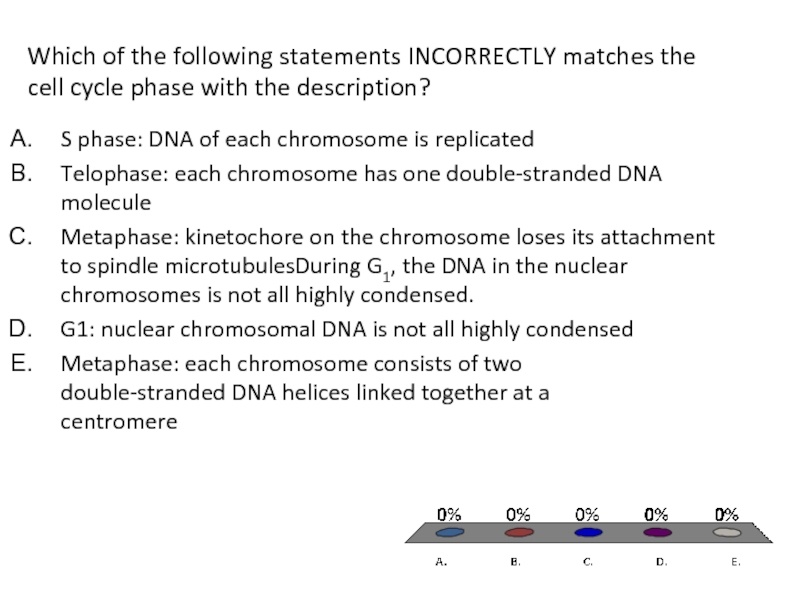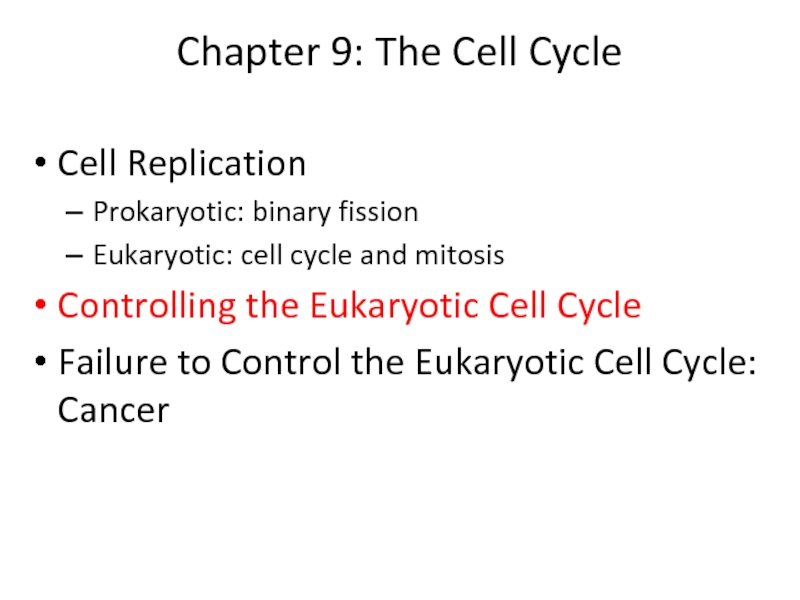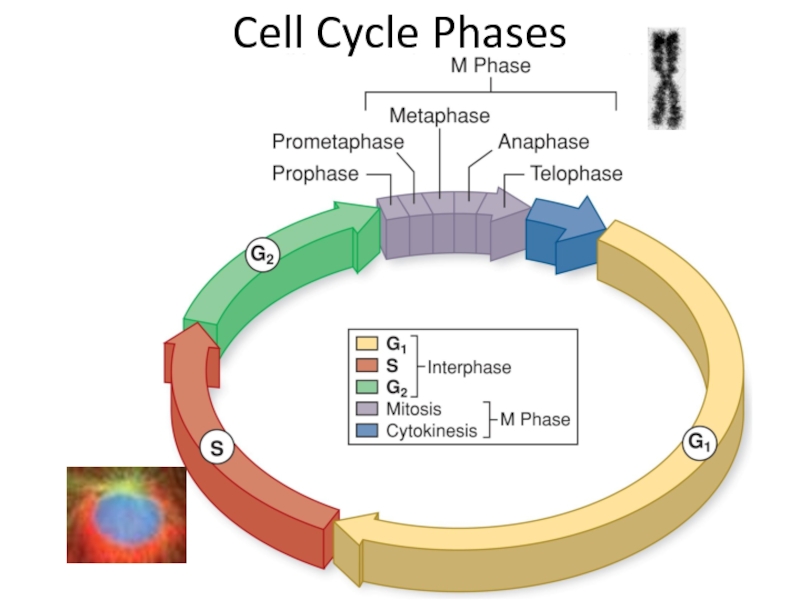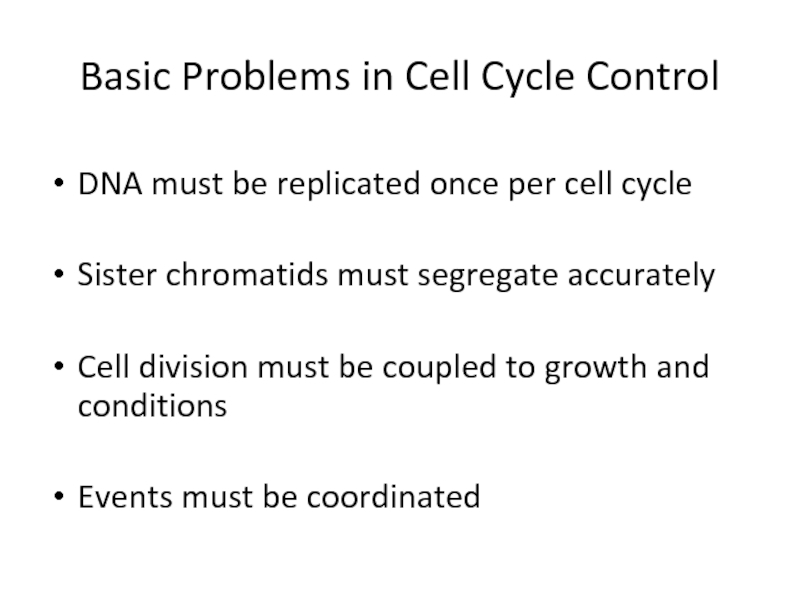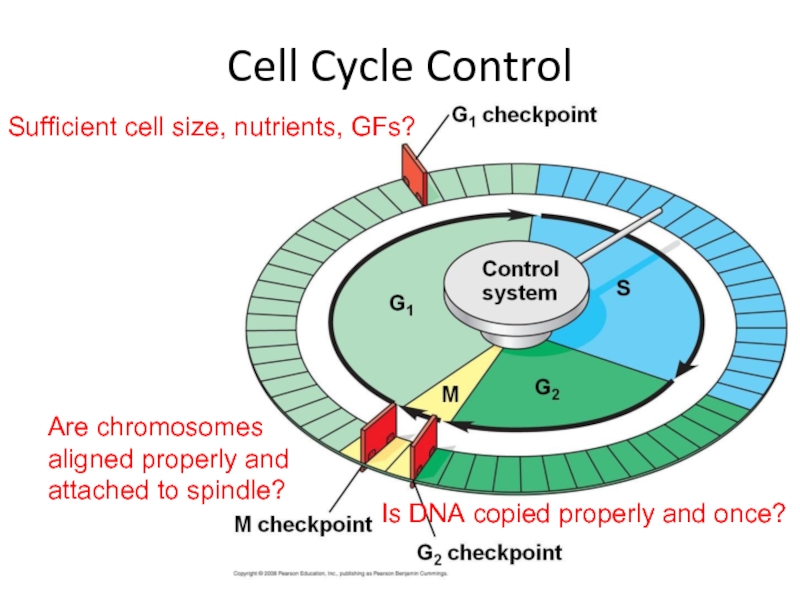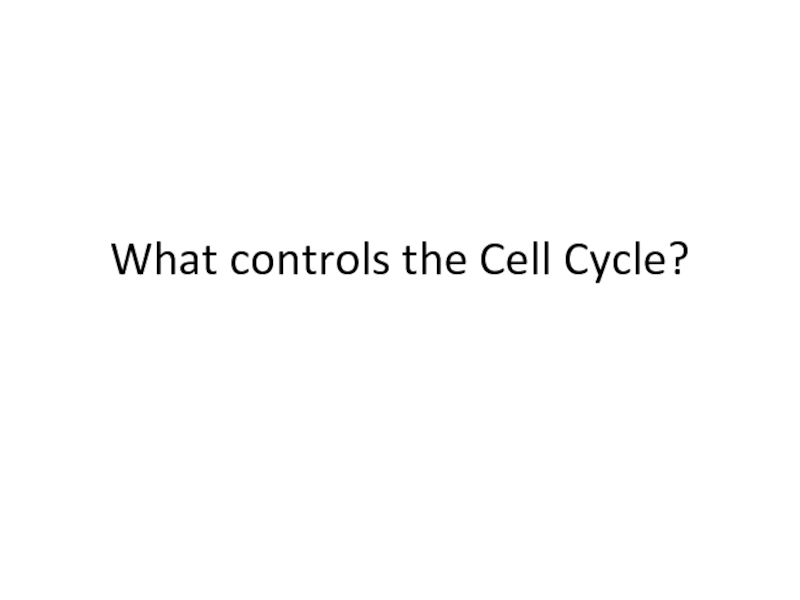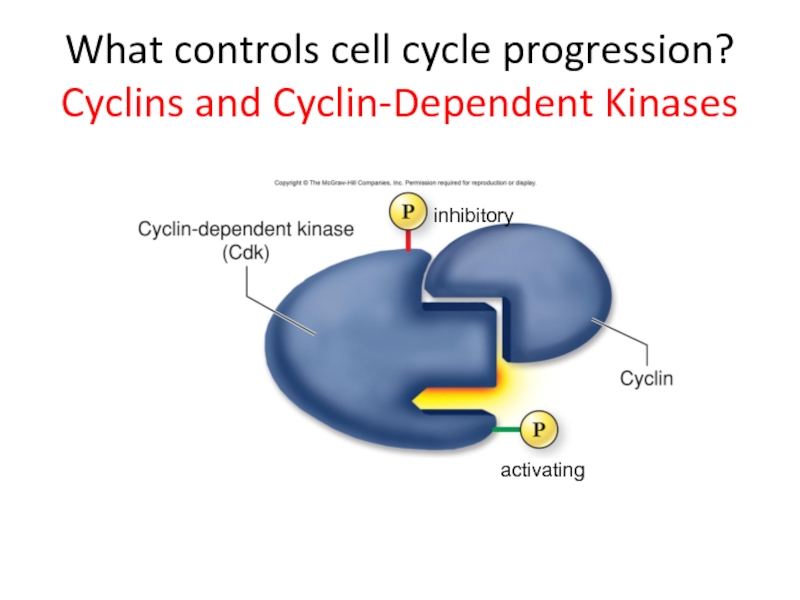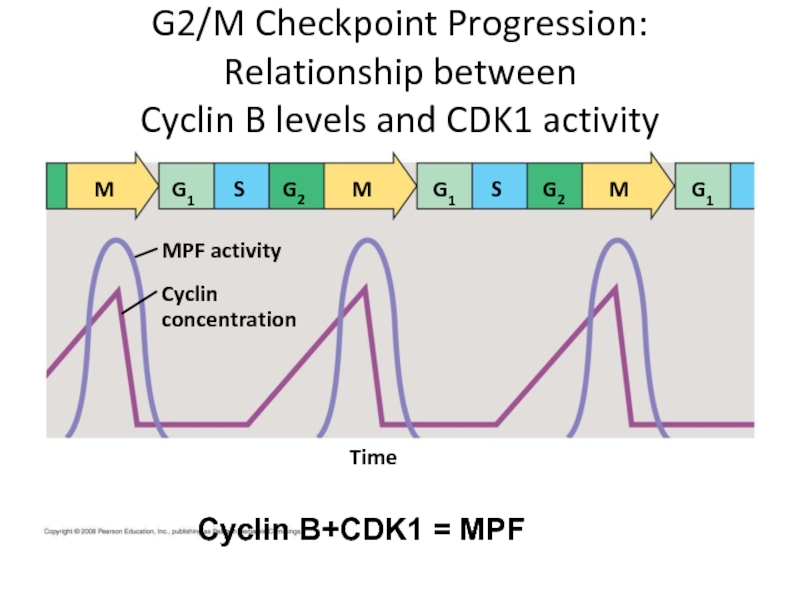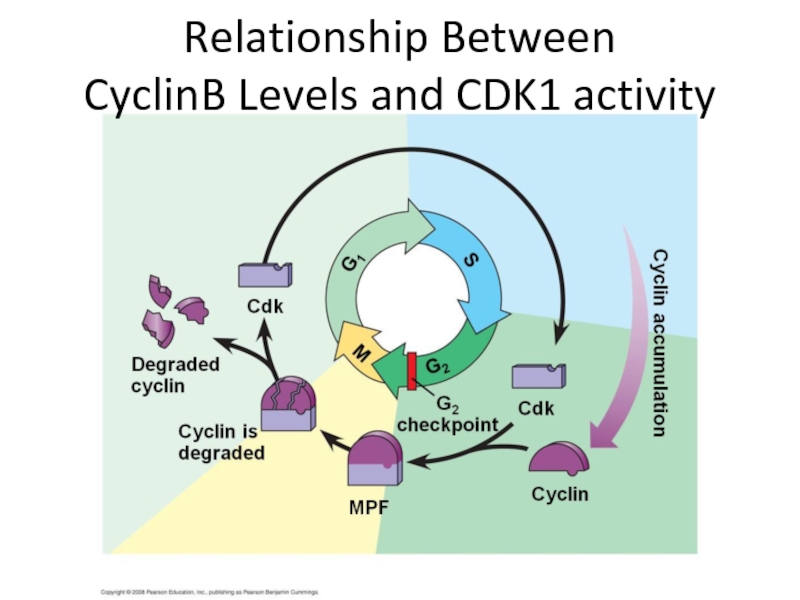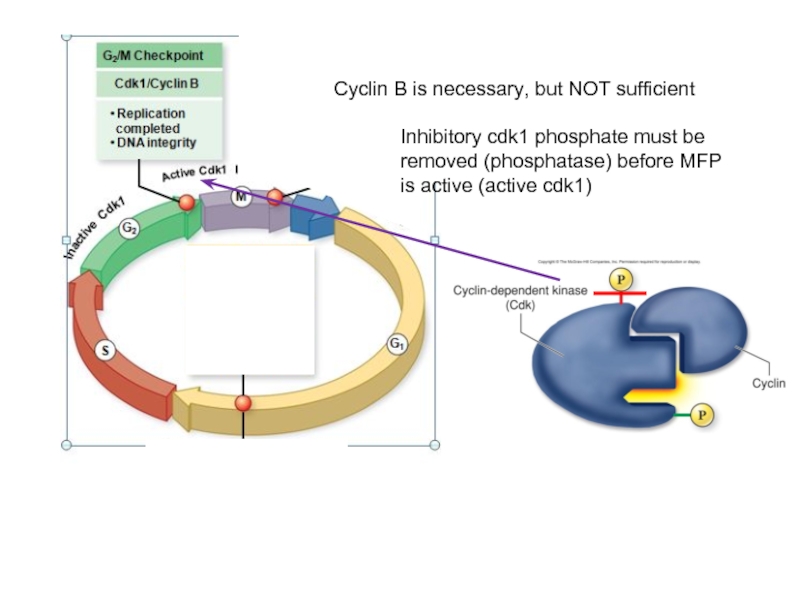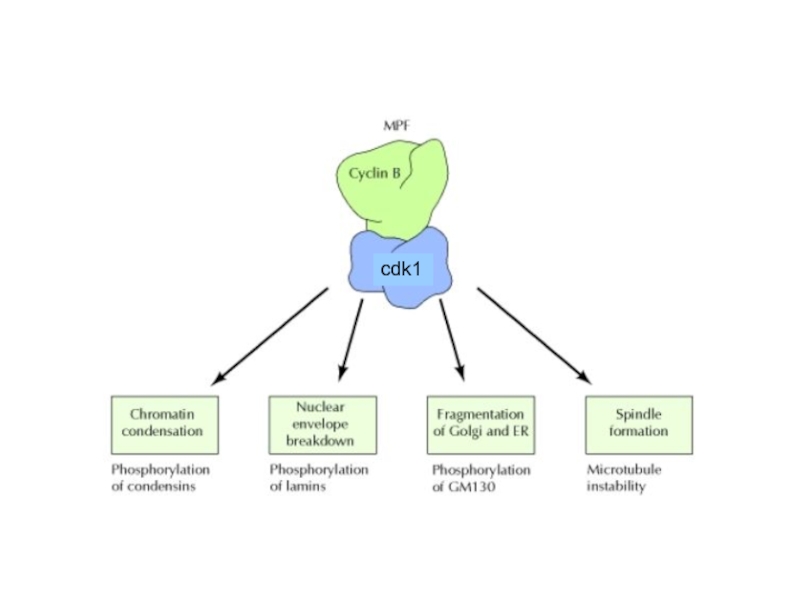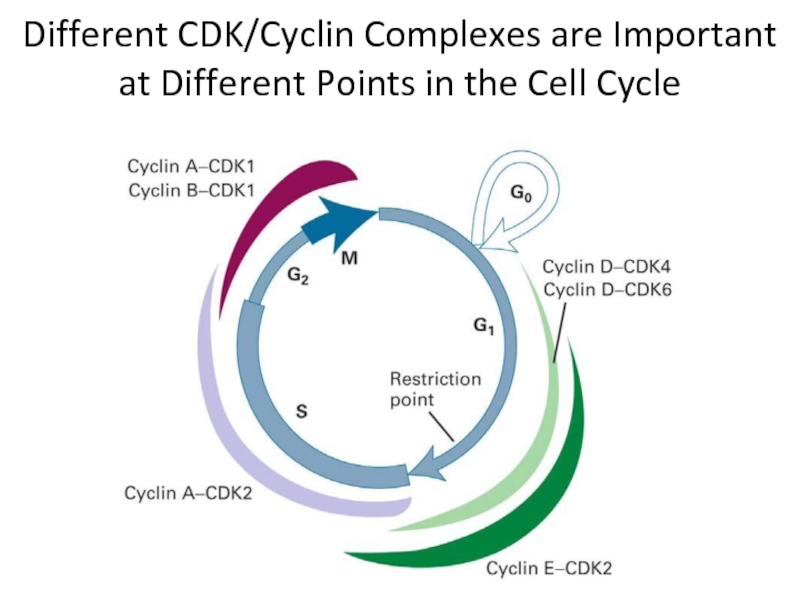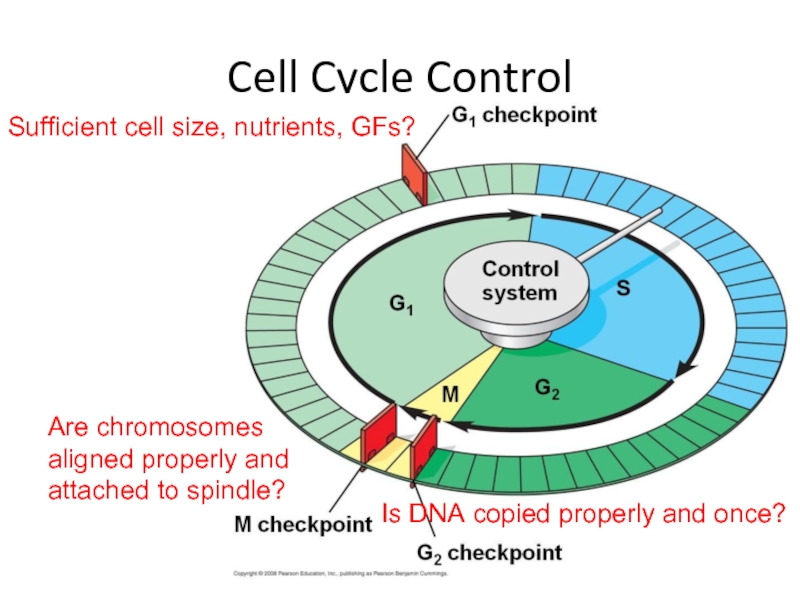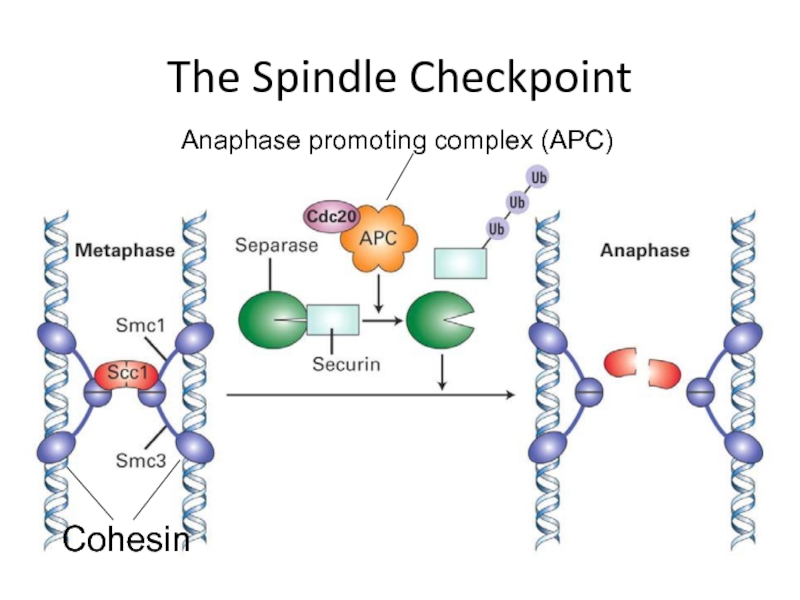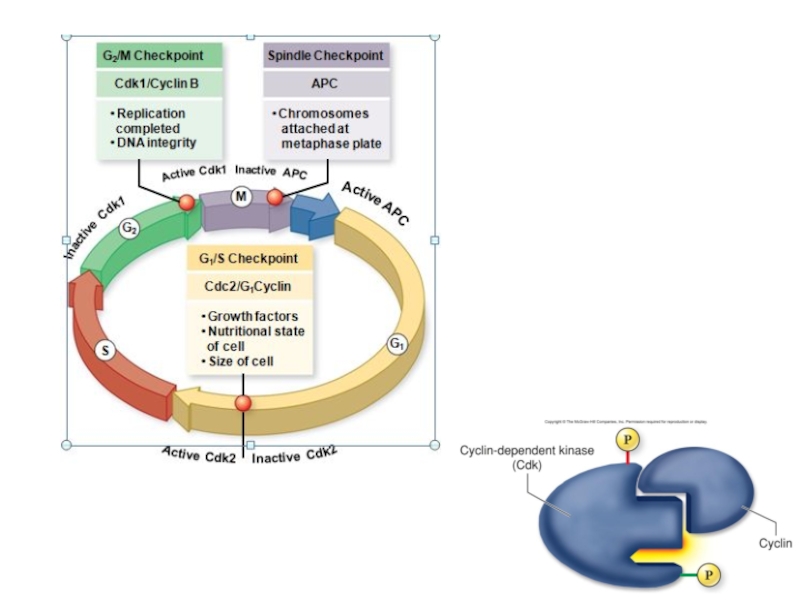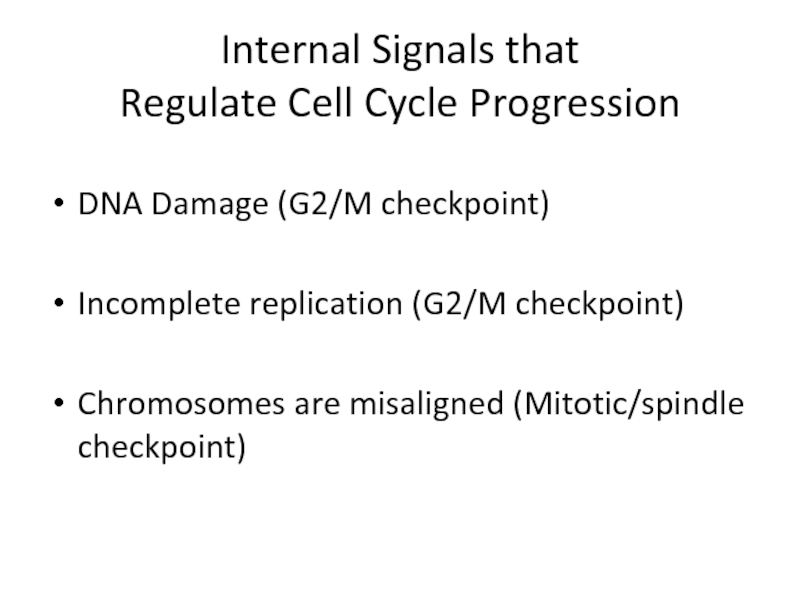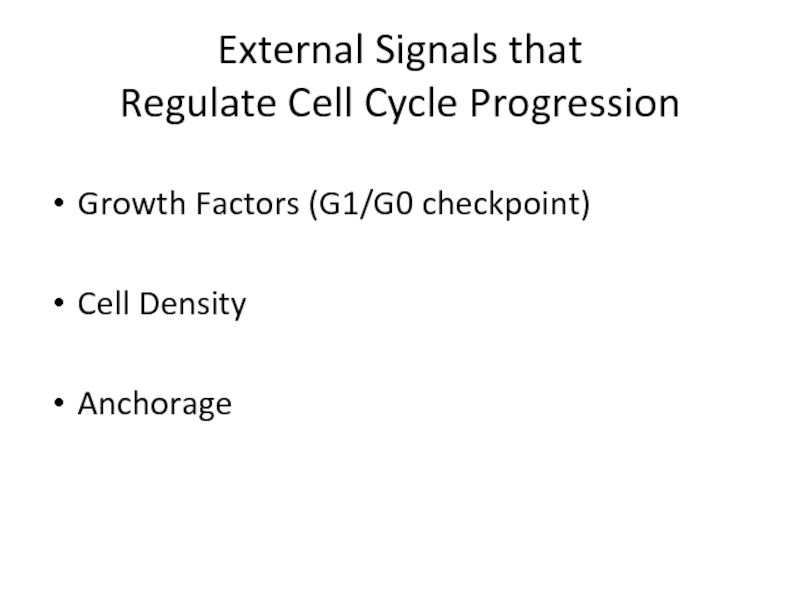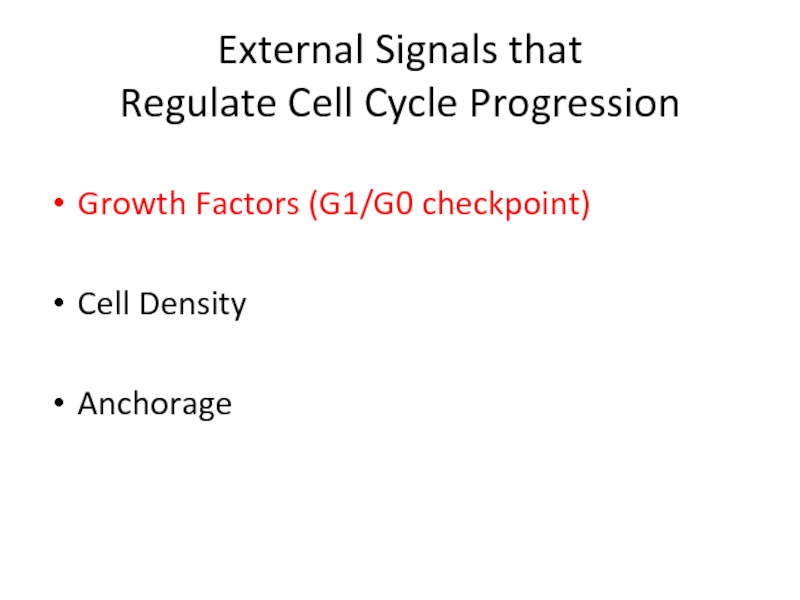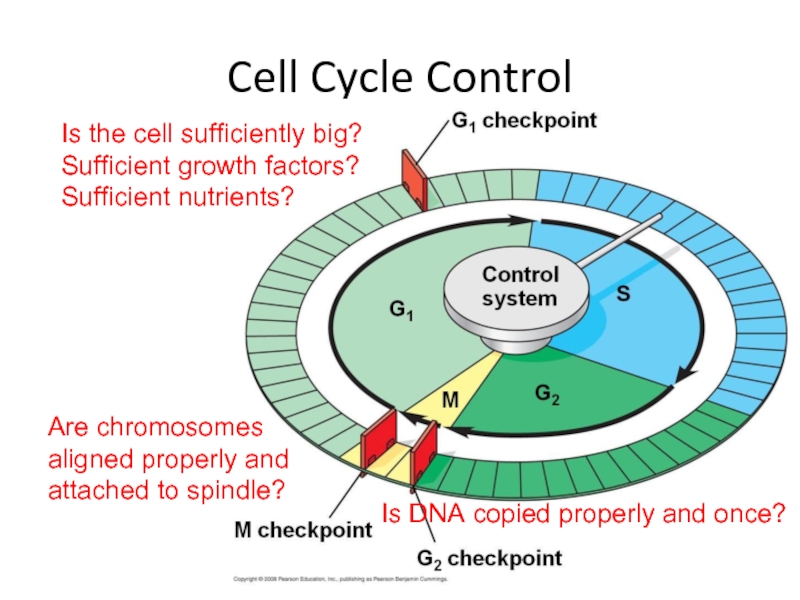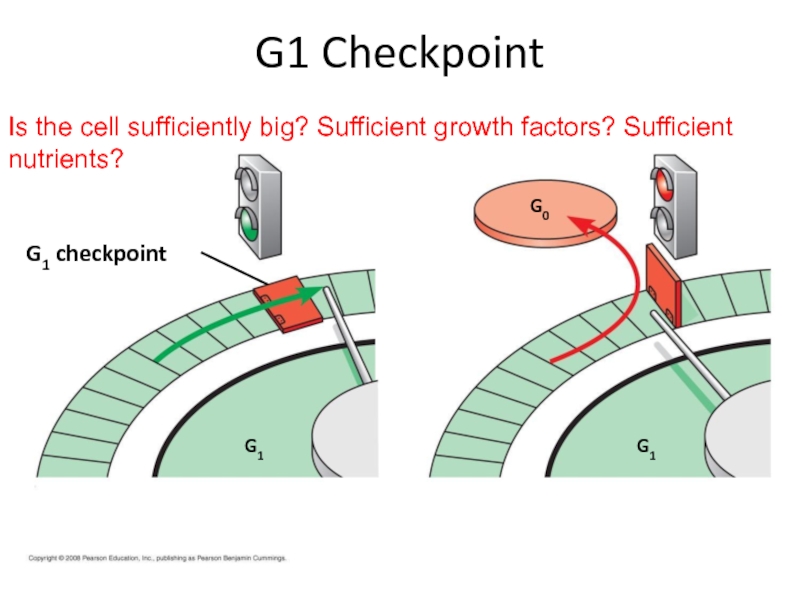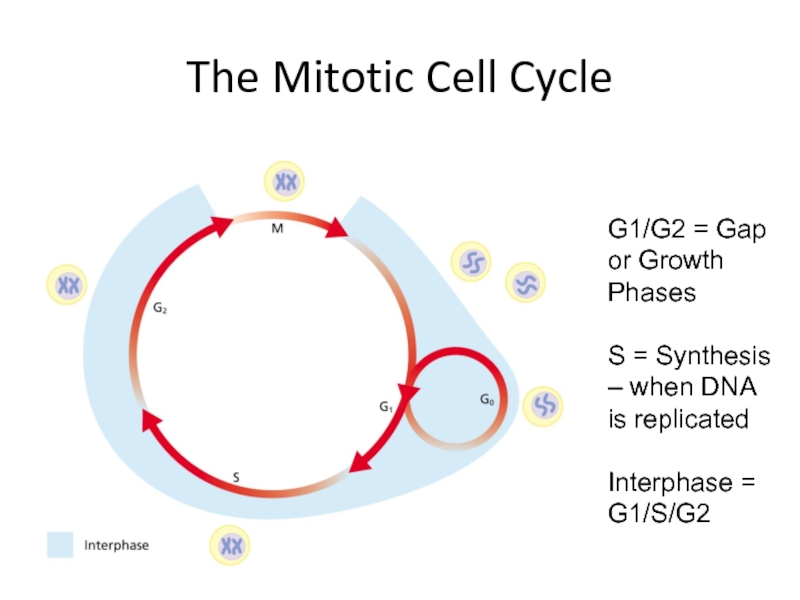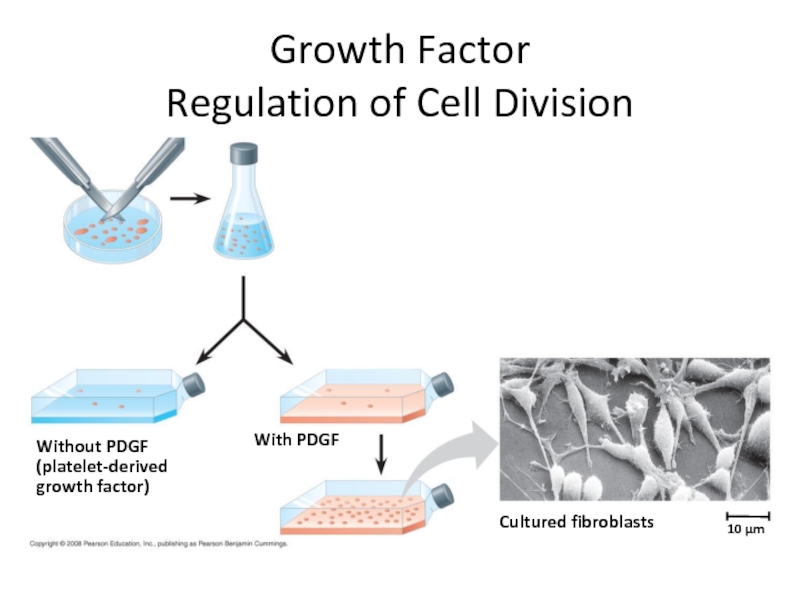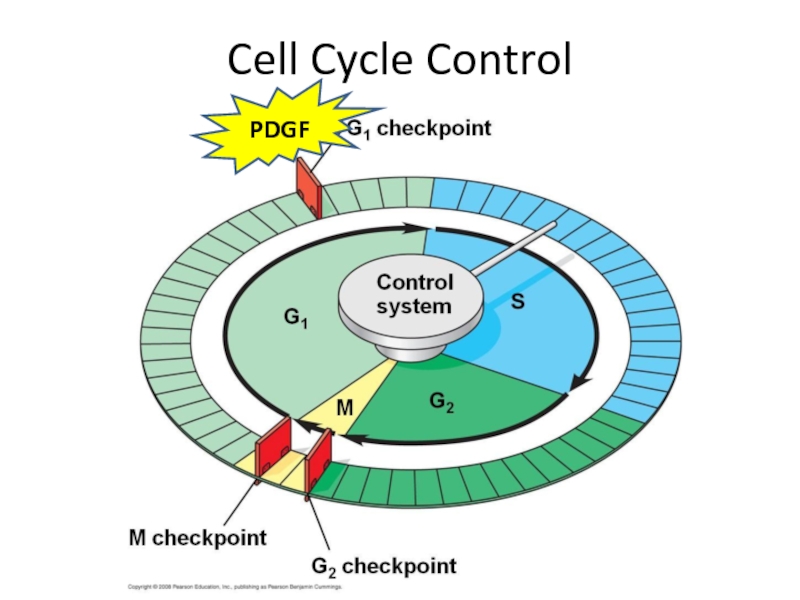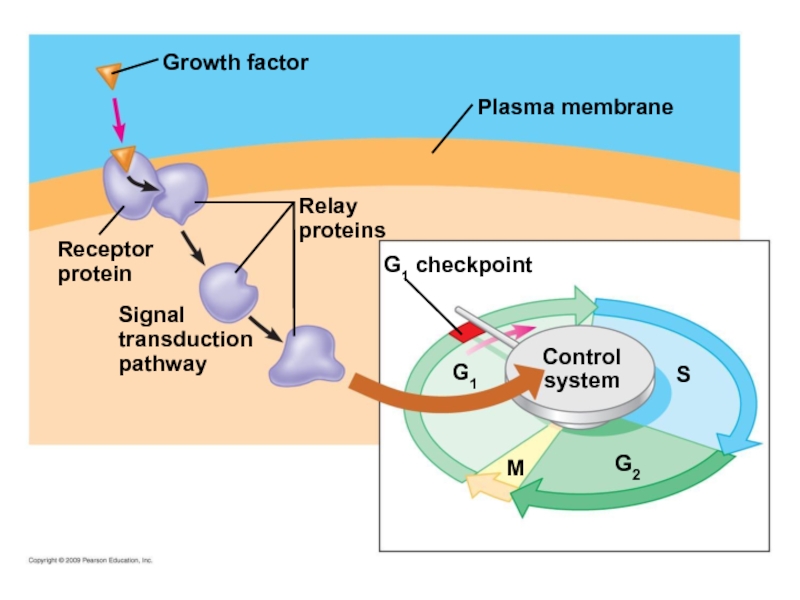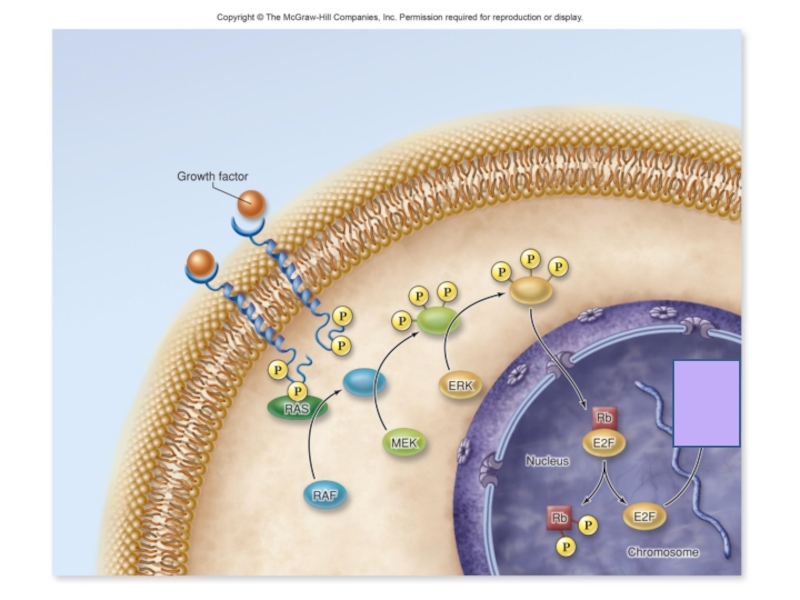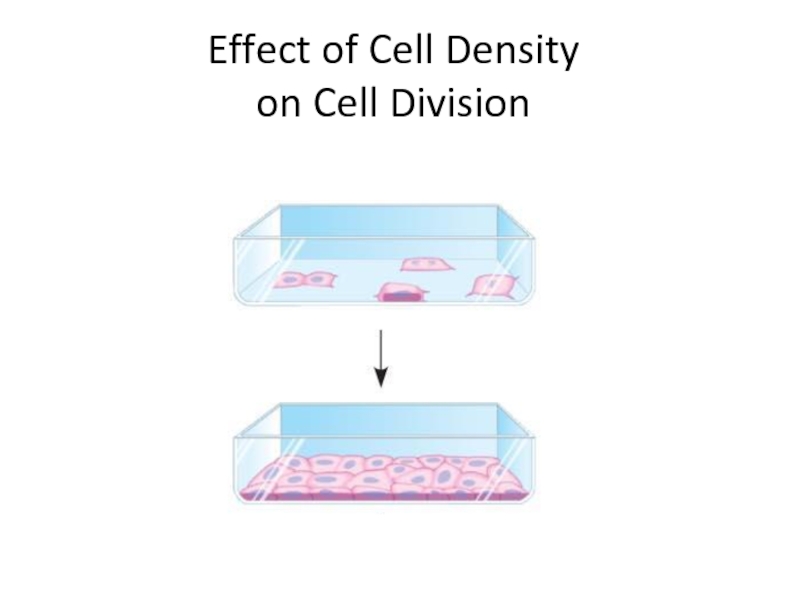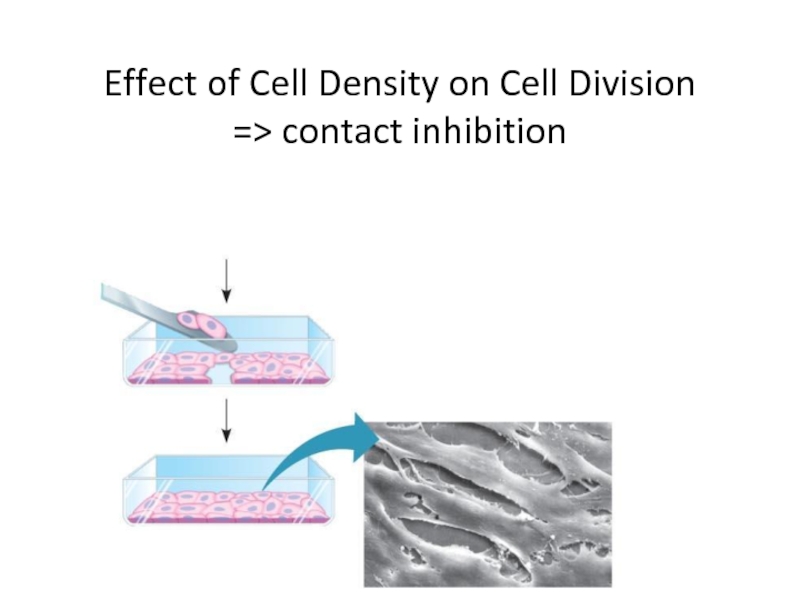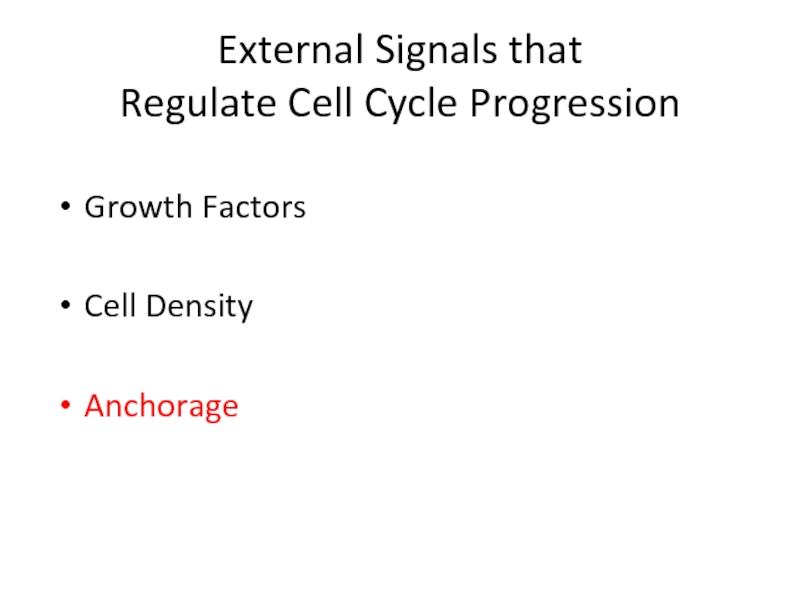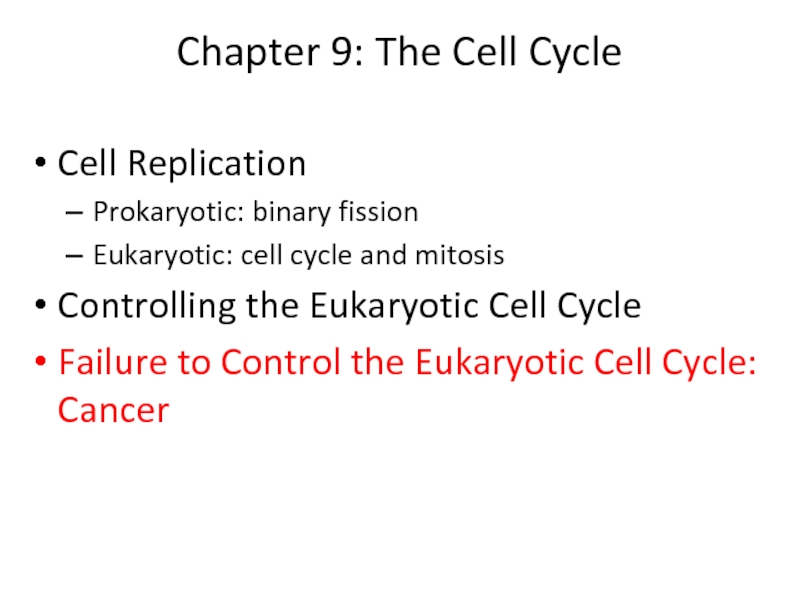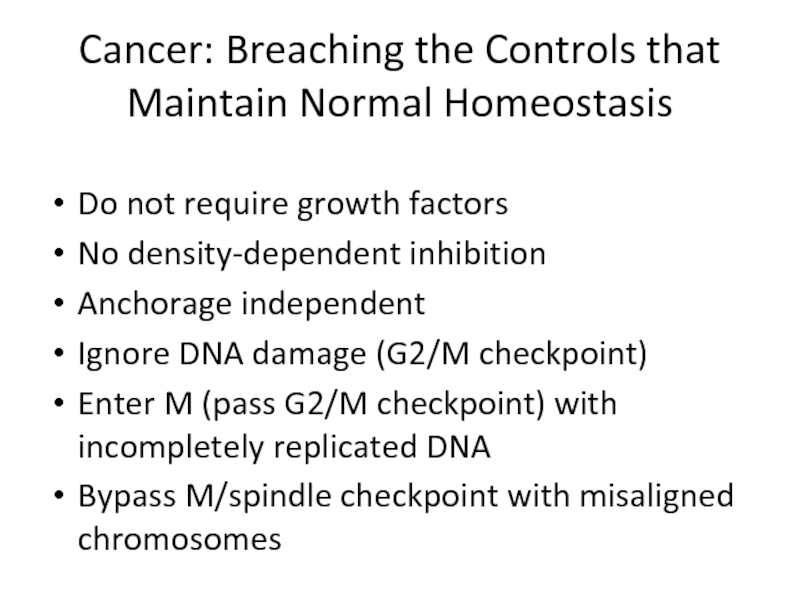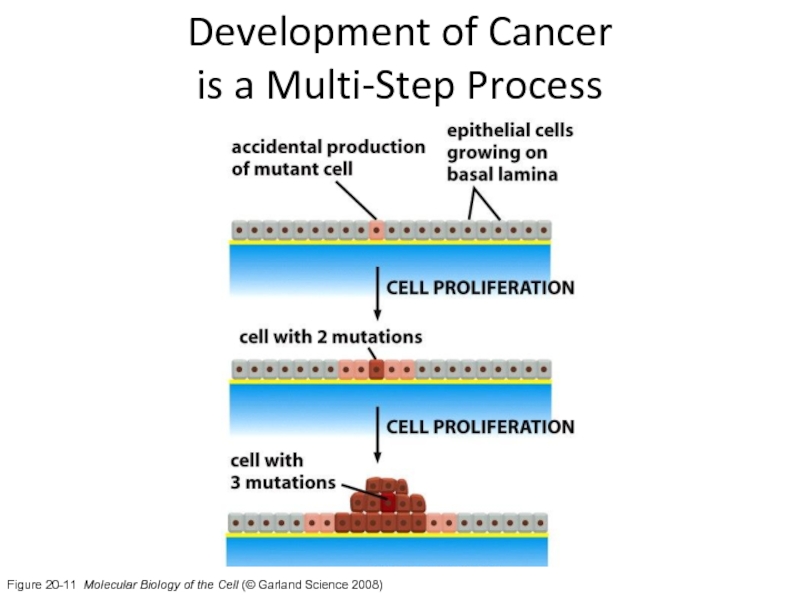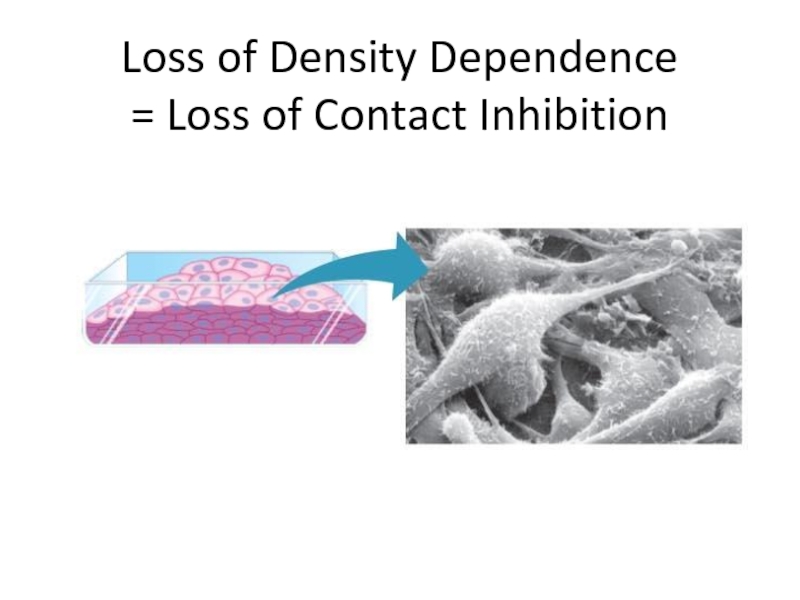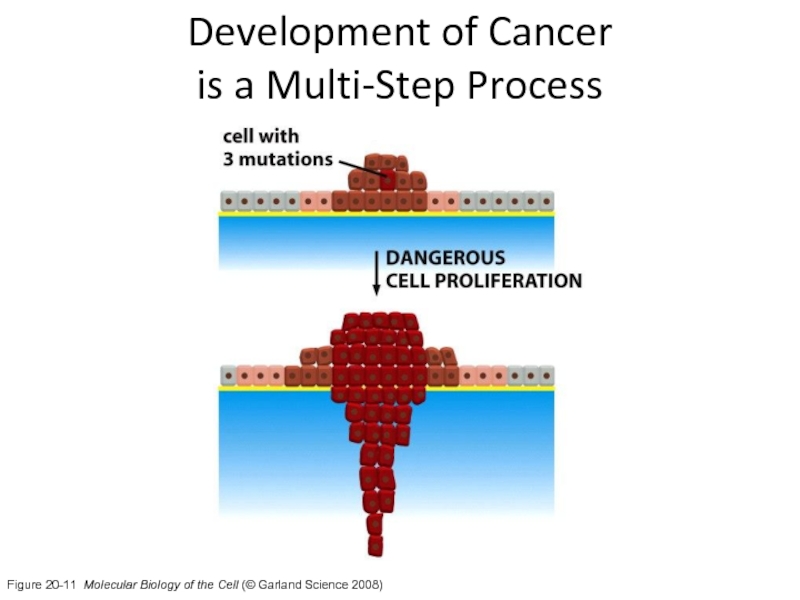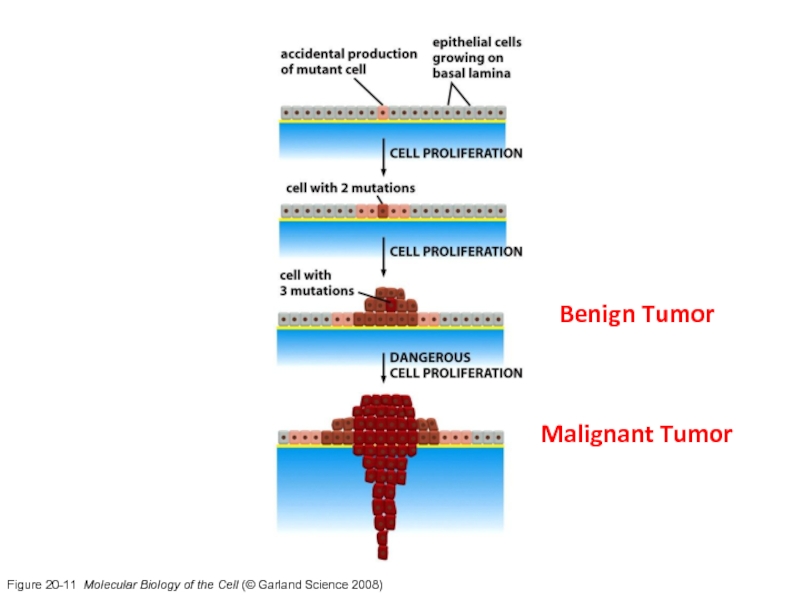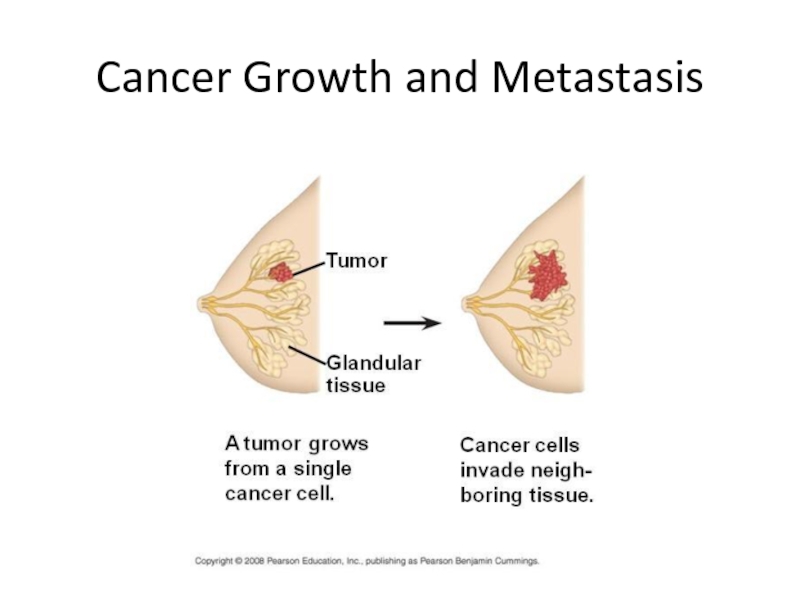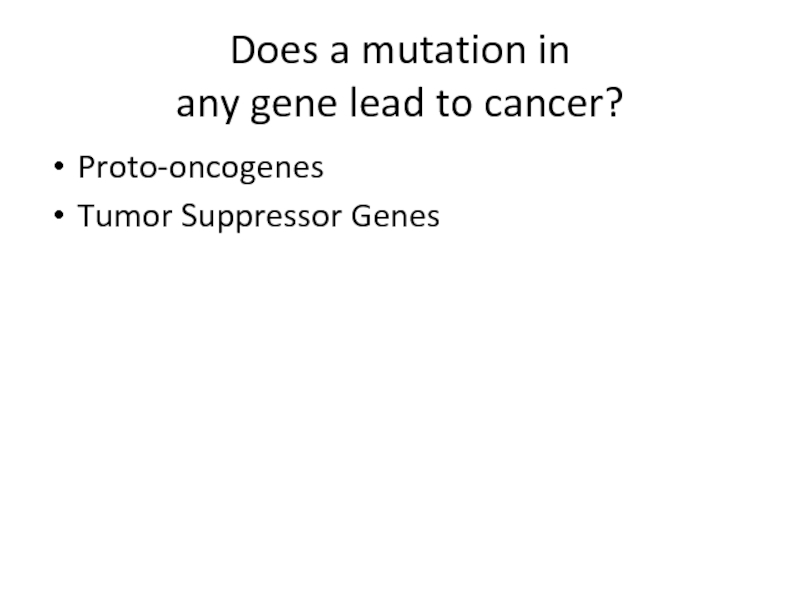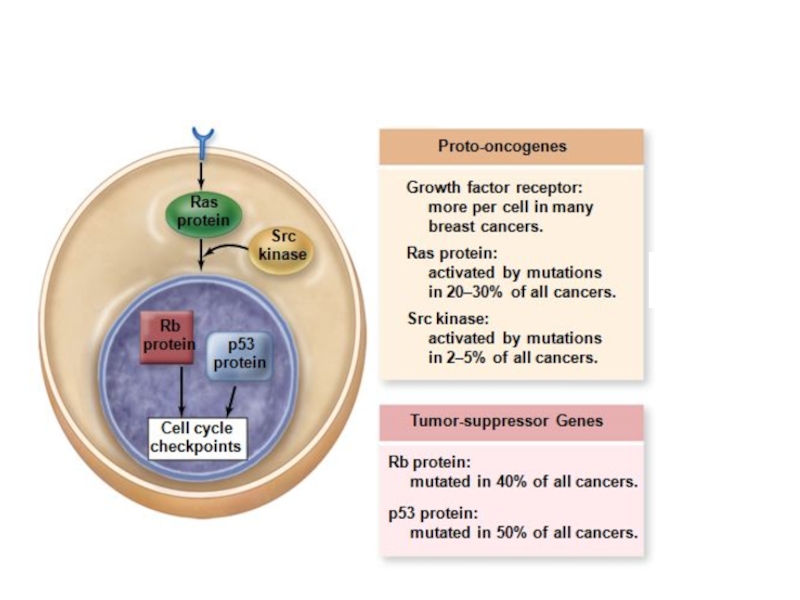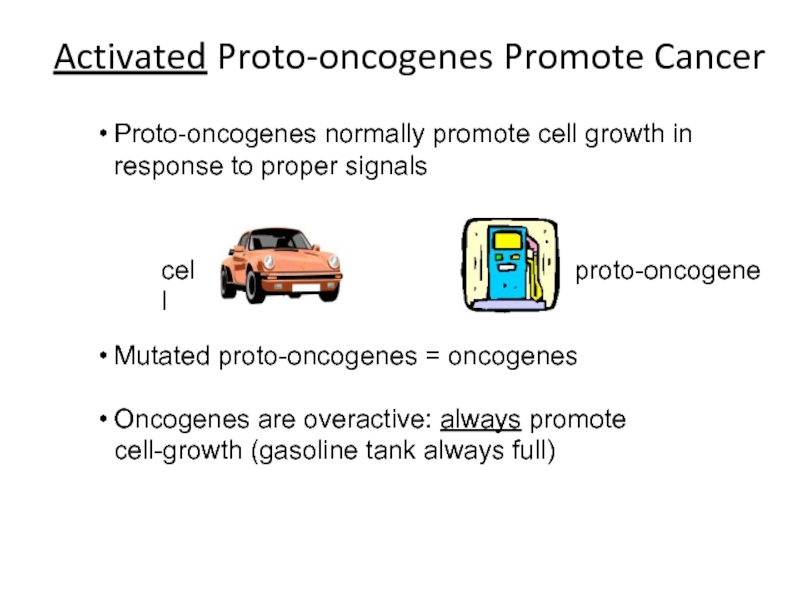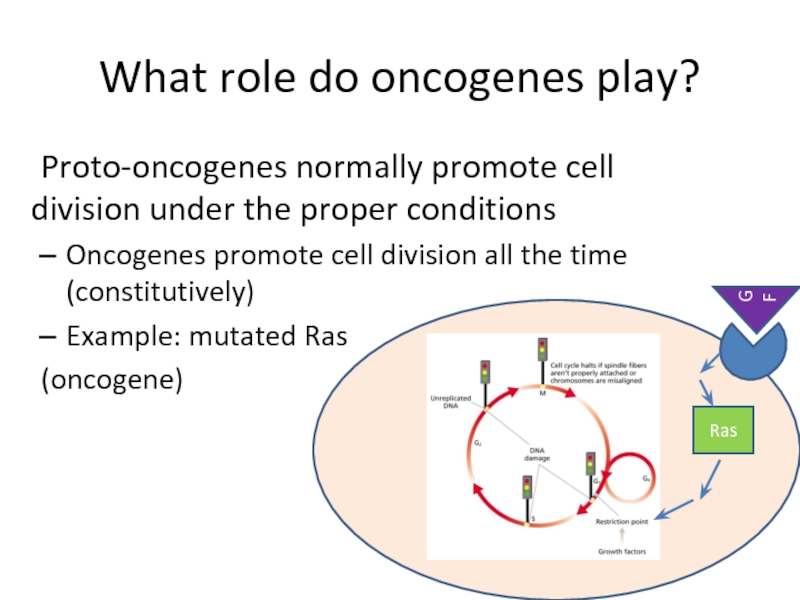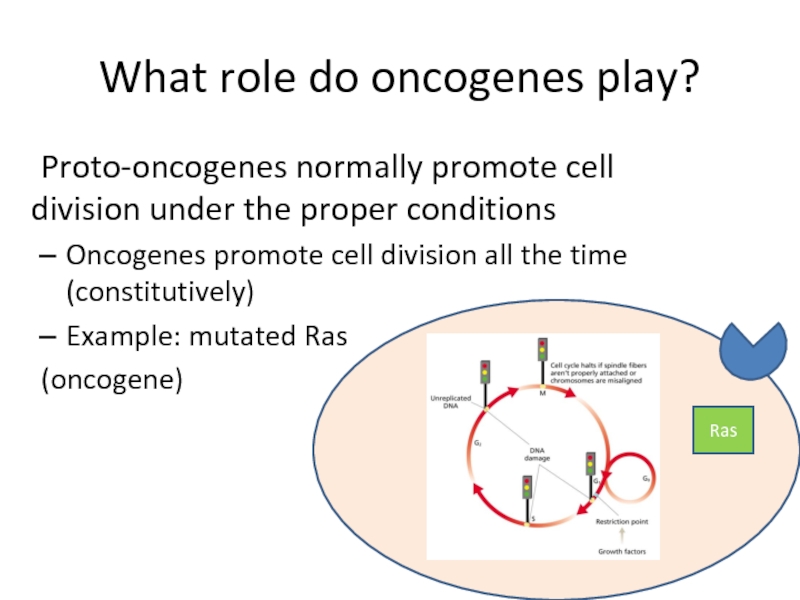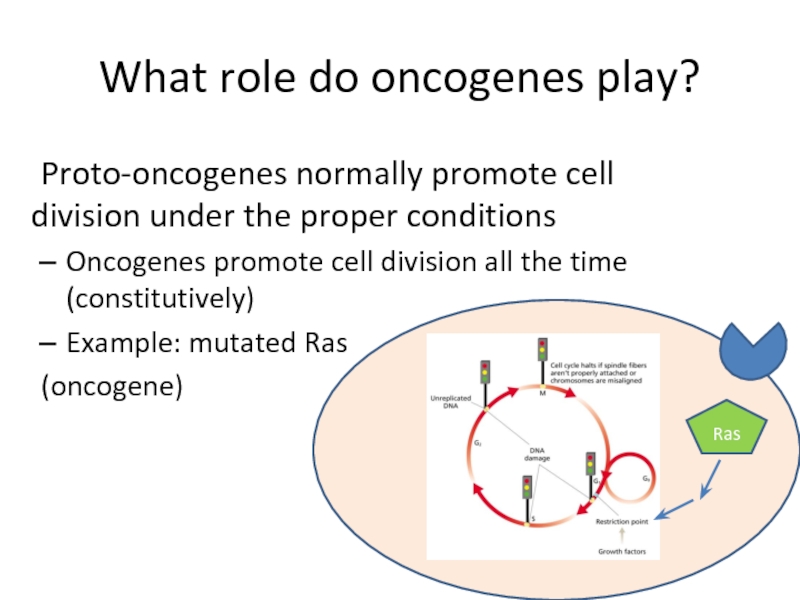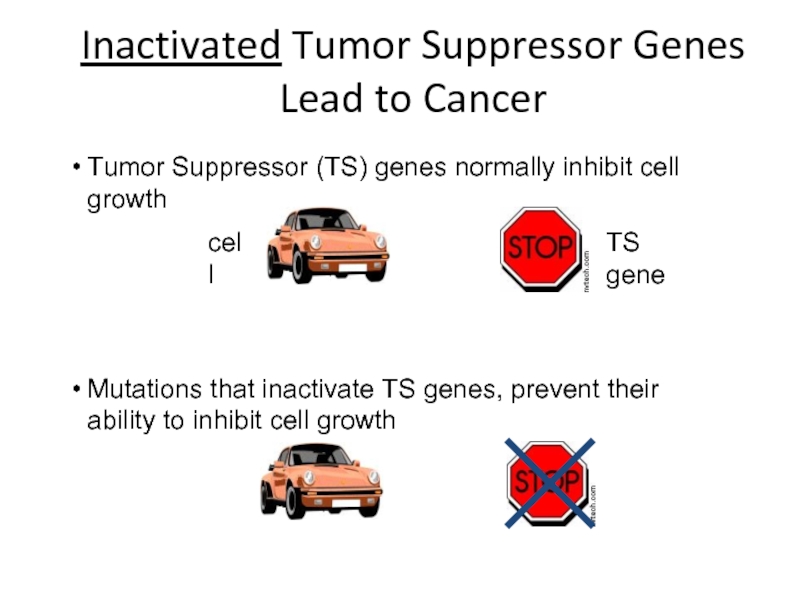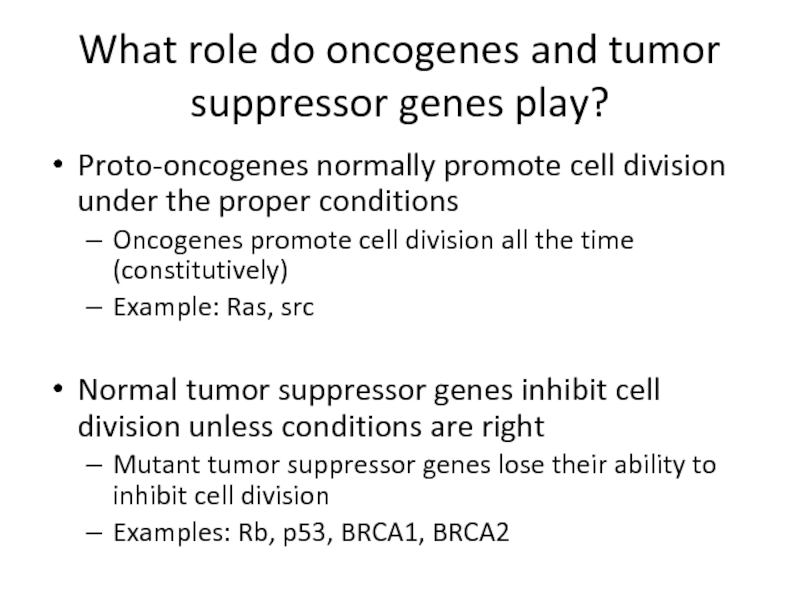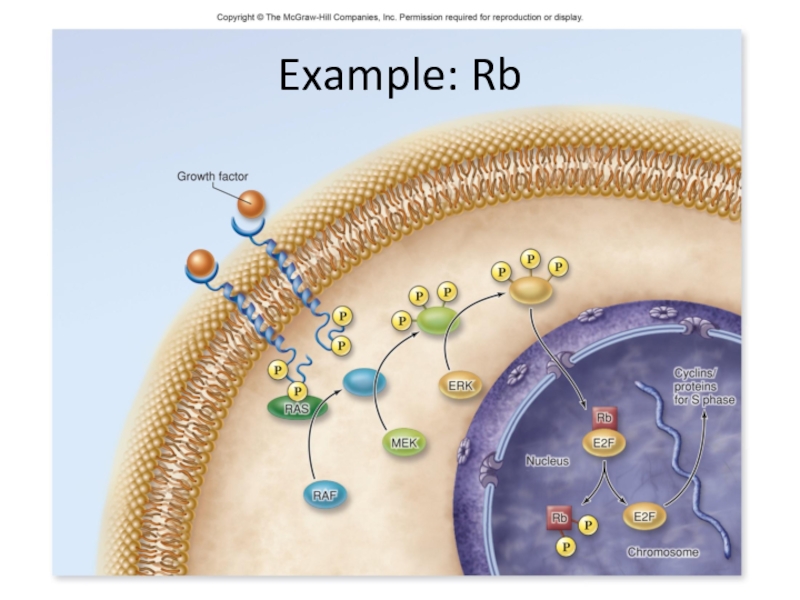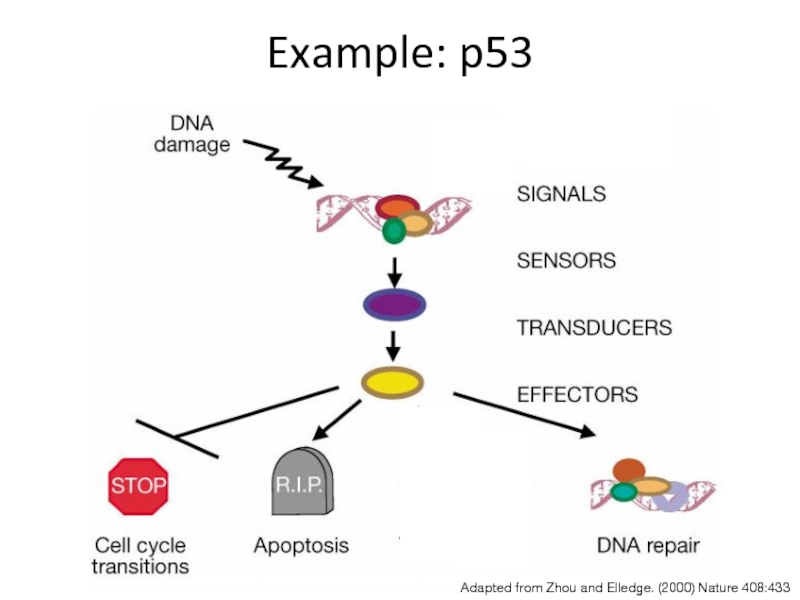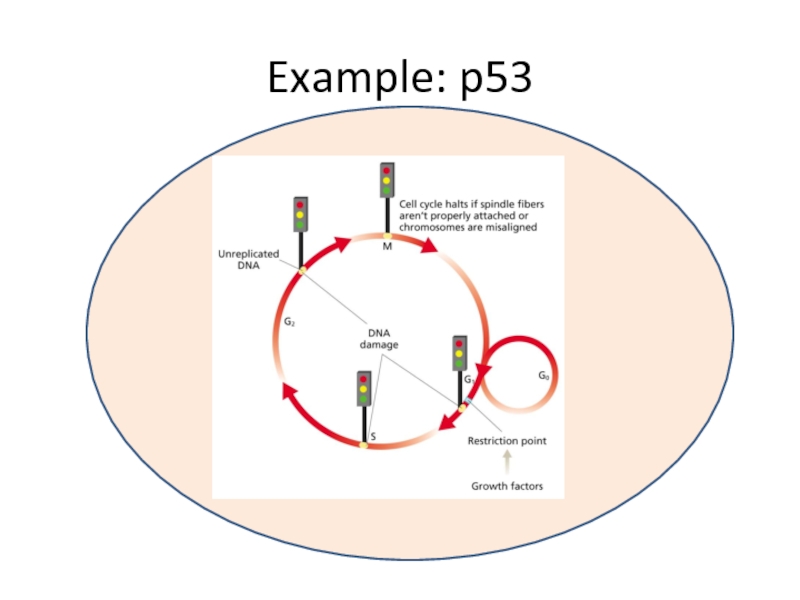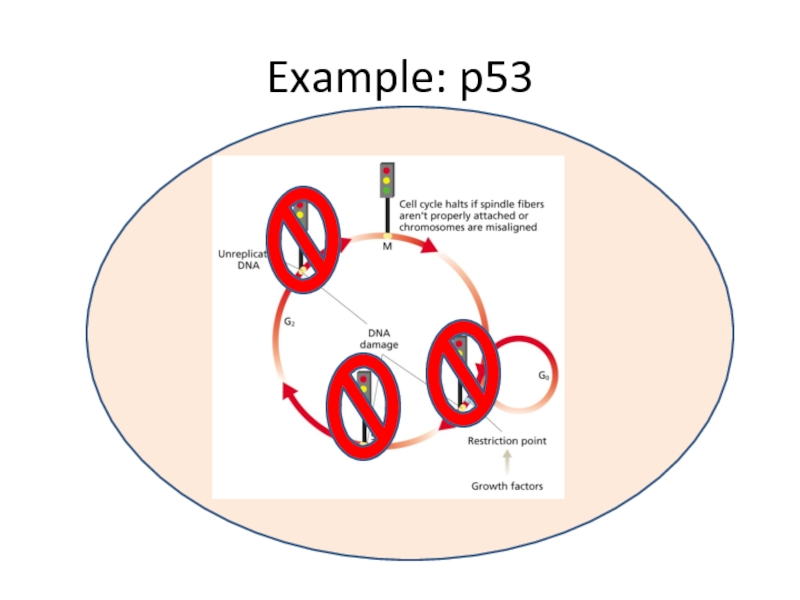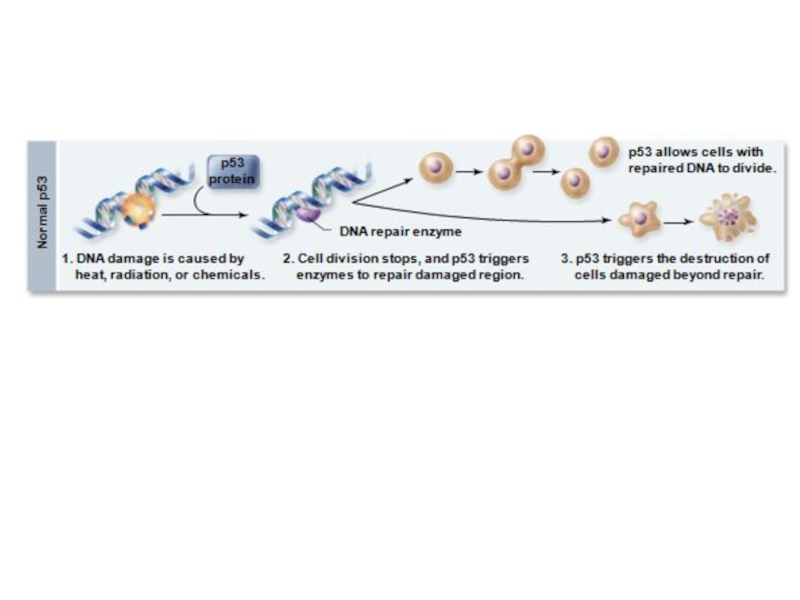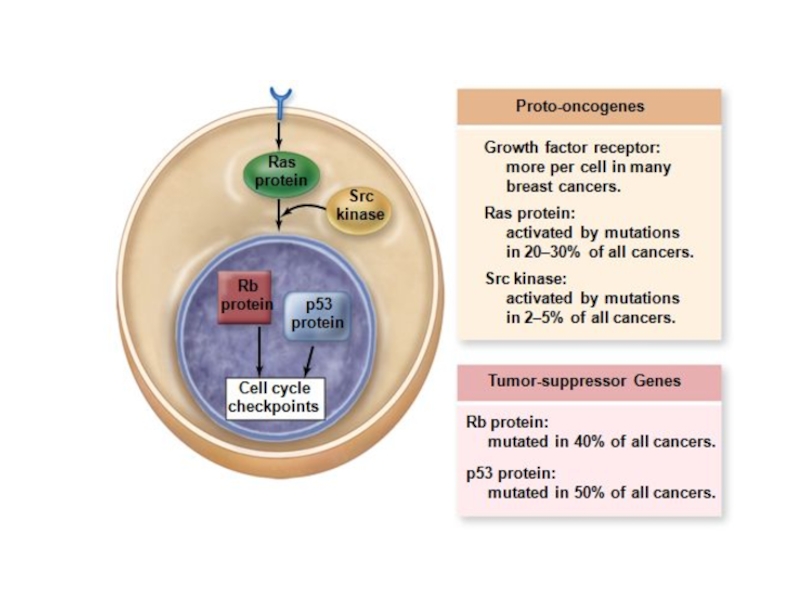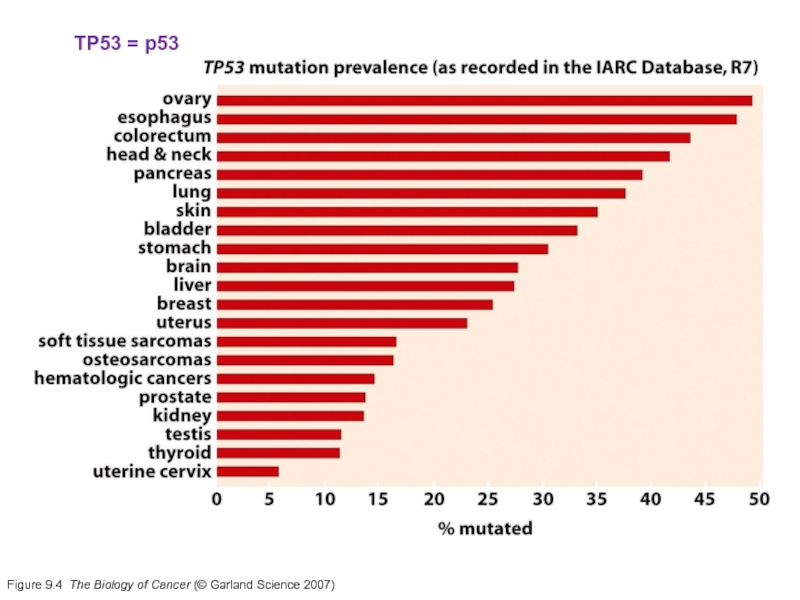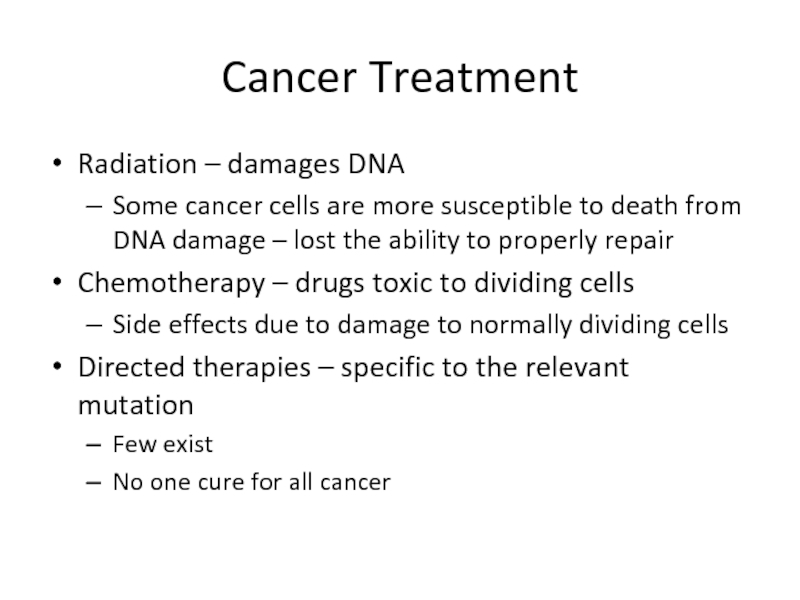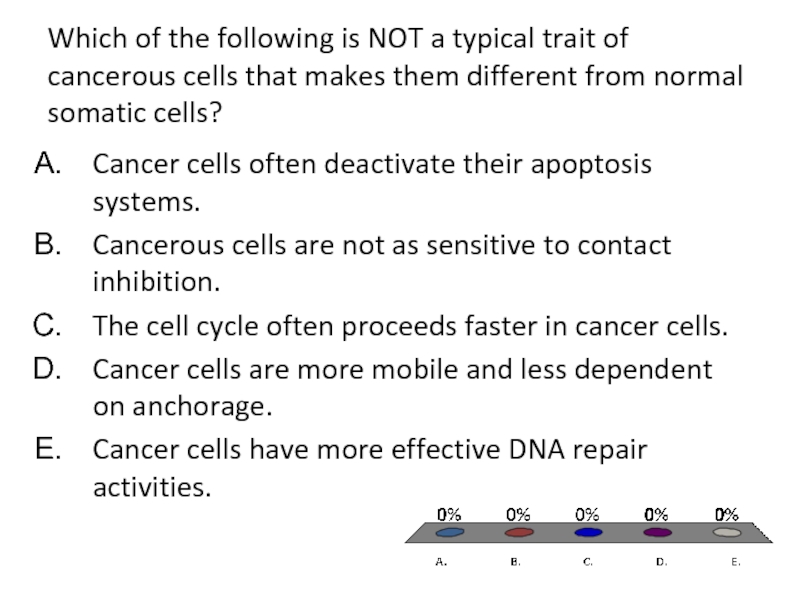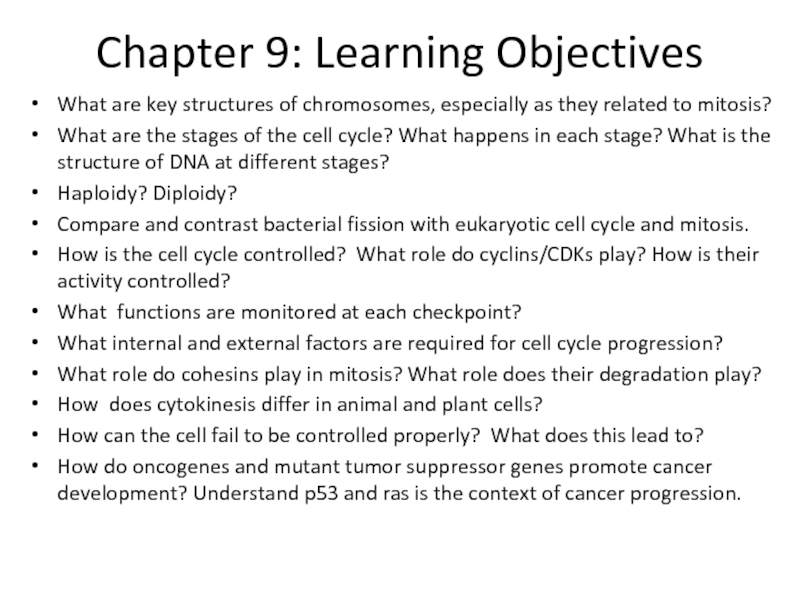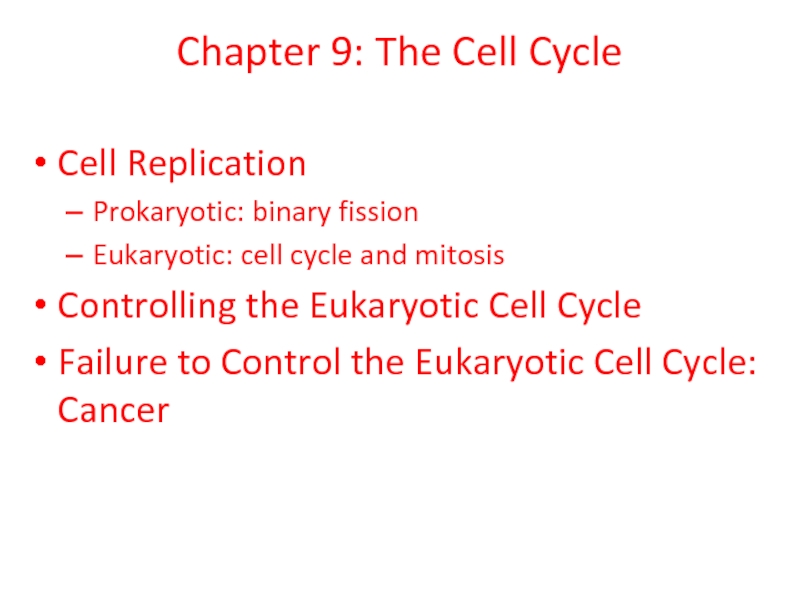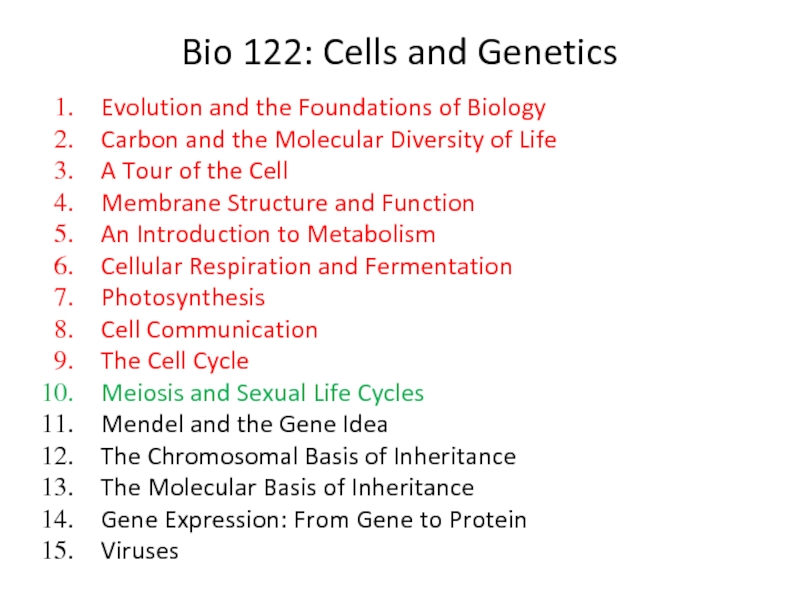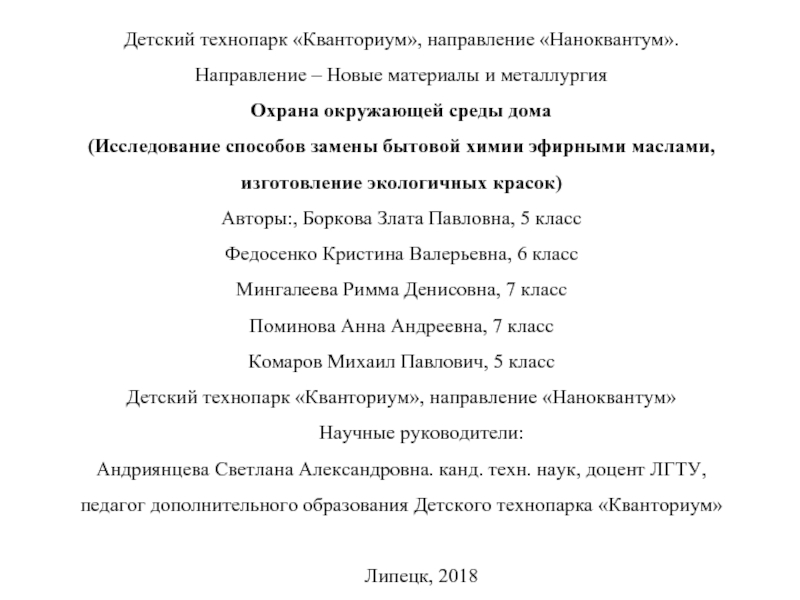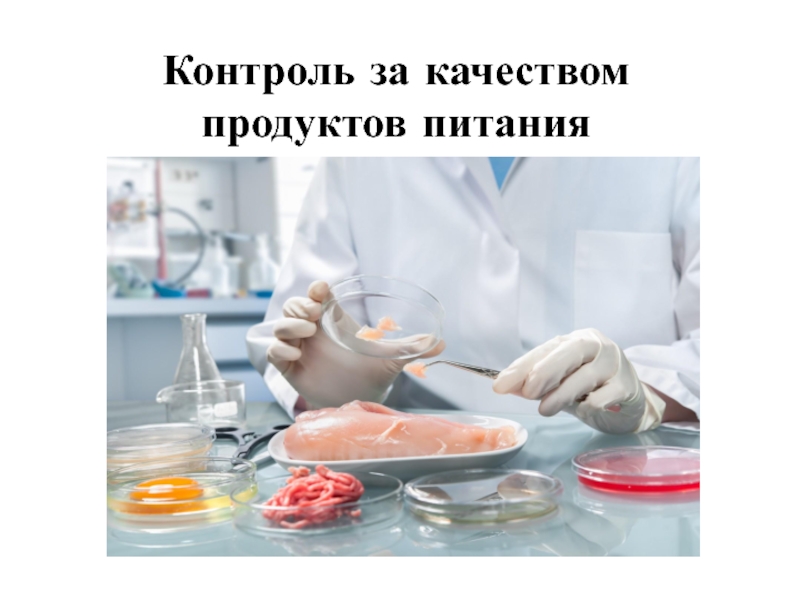- Главная
- Разное
- Дизайн
- Бизнес и предпринимательство
- Аналитика
- Образование
- Развлечения
- Красота и здоровье
- Финансы
- Государство
- Путешествия
- Спорт
- Недвижимость
- Армия
- Графика
- Культурология
- Еда и кулинария
- Лингвистика
- Английский язык
- Астрономия
- Алгебра
- Биология
- География
- Детские презентации
- Информатика
- История
- Литература
- Маркетинг
- Математика
- Медицина
- Менеджмент
- Музыка
- МХК
- Немецкий язык
- ОБЖ
- Обществознание
- Окружающий мир
- Педагогика
- Русский язык
- Технология
- Физика
- Философия
- Химия
- Шаблоны, картинки для презентаций
- Экология
- Экономика
- Юриспруденция
Evolution and the foundations of biology. Cells and genetics. (Сhapter 9) презентация
Содержание
- 1. Evolution and the foundations of biology. Cells and genetics. (Сhapter 9)
- 2. Bio 122: Cells and Genetics Evolution and
- 3. Bio 122: Cells and Genetics Evolution and
- 4. Chapter 9: The Cell Cycle Cell Replication
- 5. Chapter 9: The Cell Cycle Cell Replication
- 6. Where do cells come from?
- 7. Cell division = cell reproduction
- 8. Asexual reproduction Offspring genetically identical to
- 9. Chapter 9: The Cell Cycle Cell Replication
- 10. Bacterial Cell Division: Binary Fission
- 11. Bacterial Cell Division: Binary Fission
- 12. Bacterial Cell Division: Binary Fission
- 13. Prokaryotic chromosomes
- 14. Occurs in prokaryotic cells Two identical cells
- 15. Chapter 9: The Cell Cycle Cell Replication
- 16. Asexual Reproduction = mitosis (eukaryotes) = cell reproduction
- 17. Cell division produces new cells in order
- 18. What needs to happen for cell division to occur normally?
- 19. Overview of a cell cycle: Three key
- 20. M phase = Mitosis + cytokinesis
- 21. Cell Cycle Phases
- 22. What do you think would happen if
- 23. Eukaryotic Cell Cycle Interphase G1 – growth
- 24. How Cells Divide Movies: Salmon Lab, cam.ac.uk, bio.davidson.edu
- 25. Mitotic Chromosomes: Human Genome Image: Lodish, Berk,
- 26. ? How is linear DNA packaged into chromosomes?
- 27. Levels of DNA Packaging 2-nm double-stranded DNA
- 28. Nucleosomes
- 29. Karyotype Diploid = 2n Haploid = n
- 30. Sister chromatids One duplicated chromosome Centromere Homologous
- 31. Cell Cycle Phases
- 32. Centromere Chromosome duplication Sister chromatids Chromosome distribution to daughter cells
- 33. Chromosomes
- 34. Before DNA replication in S of cell
- 35. After DNA replication
- 36. After cell division
- 37. From prophase through metaphase of mitosis, each
- 38. Cell Cycle Phases
- 39. Interphase G1 – growth S – synthesis/replication/centrosome replication G2 – growth
- 40. G2: Prior to Mitosis
- 41. Centrosome: MTOC
- 43. Cell Cycle Phases
- 44. The Stages of Mitosis Prophase Prometaphase Metaphase Anaphase Telophase
- 45. The Stages of Mitosis: Prophase
- 46. The Stages of Mitosis: Prometaphase
- 47. The Stages of Mitosis: Metaphase Alignment of
- 48. The Mitotic Spindle Aster microtubules
- 49. Kinetochore
- 50. The Stages of Mitosis: Anaphase
- 51. Chromosome Movement in Anaphase
- 52. Chromosome Movement in Anaphase
- 53. The Stages of Mitosis: Telophase
- 54. Cytokinesis
- 55. Cytokinesis: Plant Cells
- 56. Which of the following statements INCORRECTLY matches
- 57. Chapter 9: The Cell Cycle Cell Replication
- 58. Cell Cycle Phases
- 59. Basic Problems in Cell Cycle Control DNA
- 60. Cell Cycle Control Is DNA copied properly
- 61. What controls the Cell Cycle?
- 62. What controls cell cycle progression? Cyclins and Cyclin-Dependent Kinases inhibitory activating
- 63. G2/M Checkpoint Progression: Relationship between Cyclin
- 64. Relationship Between CyclinB Levels and CDK1 activity
- 65. Cyclin B is
- 66. cdk1
- 67. Different CDK/Cyclin Complexes are Important at Different Points in the Cell Cycle
- 68. Cell Cycle Control Is DNA copied properly
- 69. The Spindle Checkpoint Cohesin Anaphase promoting complex (APC)
- 71. DNA Damage (G2/M checkpoint) Incomplete replication
- 72. Growth Factors (G1/G0 checkpoint) Cell Density
- 73. Growth Factors (G1/G0 checkpoint) Cell Density
- 74. Cell Cycle Control Is DNA copied properly
- 75. G1 Checkpoint G1 G0 G1 checkpoint G1
- 76. The Mitotic Cell Cycle G1/G2 = Gap
- 77. Growth Factor Regulation of Cell Division
- 78. Cell Cycle Control PDGF
- 79. G1 checkpoint Control system M S G2
- 81. Growth Factors Cell Density Anchorage External Signals that Regulate Cell Cycle Progression
- 82. Effect of Cell Density on Cell Division
- 83. Effect of Cell Density on Cell Division => contact inhibition
- 84. Growth Factors Cell Density Anchorage External Signals that Regulate Cell Cycle Progression
- 85. Anchorage Dependence and Cell Division Growth Factors Cell Division
- 86. Chapter 9: The Cell Cycle Cell Replication
- 87. Cancer: Breaching the Controls that Maintain Normal
- 88. Development of Cancer is a Multi-Step
- 89. Loss of Density Dependence = Loss of Contact Inhibition
- 90. Development of Cancer is a Multi-Step
- 91. Figure 20-11 Molecular Biology of the Cell (© Garland Science 2008) Benign Tumor Malignant Tumor
- 92. Cancer Growth and Metastasis
- 93. Cancer Growth and Metastasis
- 94. Does a mutation in any gene lead to cancer? Proto-oncogenes Tumor Suppressor Genes
- 96. Proto-oncogenes normally promote cell growth in response
- 97. What role do oncogenes play? Proto-oncogenes normally
- 98. What role do oncogenes play? Proto-oncogenes
- 99. What role do oncogenes play? Proto-oncogenes
- 100. What role do oncogenes play? Proto-oncogenes
- 101. Inactivated Tumor Suppressor Genes Lead to Cancer
- 102. What role do oncogenes and tumor suppressor
- 103. Example: Rb
- 104. Example: p53 Adapted from Zhou and Elledge. (2000) Nature 408:433
- 105. Example: p53
- 106. Example: p53
- 109. Figure 9.4 The Biology of Cancer (© Garland Science 2007) TP53 = p53
- 110. Cancer Treatment Radiation – damages DNA Some
- 111. Which of the following is NOT a
- 112. Chapter 9: Learning Objectives What are key
- 113. Chapter 9: The Cell Cycle Cell Replication
- 114. Bio 122: Cells and Genetics Evolution and
Слайд 2Bio 122: Cells and Genetics
Evolution and the Foundations of Biology
Carbon and
A Tour of the Cell
Membrane Structure and Function
An Introduction to Metabolism
Cellular Respiration and Fermentation
Photosynthesis
Cell Communication
The Cell Cycle
Meiosis and Sexual Life Cycles
Mendel and the Gene Idea
The Chromosomal Basis of Inheritance
The Molecular Basis of Inheritance
Gene Expression: From Gene to Protein
Viruses
Слайд 3Bio 122: Cells and Genetics
Evolution and the Foundations of Biology
Carbon and
A Tour of the Cell
Membrane Structure and Function
An Introduction to Metabolism
Cellular Respiration and Fermentation
Photosynthesis
Cell Communication
The Cell Cycle
Meiosis and Sexual Life Cycles
Mendel and the Gene Idea
The Chromosomal Basis of Inheritance
The Molecular Basis of Inheritance
Gene Expression: From Gene to Protein
Viruses
Слайд 4Chapter 9: The Cell Cycle
Cell Replication
Prokaryotic: binary fission
Eukaryotic: cell cycle and
Controlling the Eukaryotic Cell Cycle
Failure to Control the Eukaryotic Cell Cycle: Cancer
Слайд 5Chapter 9: The Cell Cycle
Cell Replication
Prokaryotic: binary fission
Eukaryotic: cell cycle and
Controlling the Eukaryotic Cell Cycle
Failure to Control the Eukaryotic Cell Cycle: Cancer
Слайд 7Cell division
= cell reproduction
= asexual reproduction
“Every cell from a
Слайд 8Asexual reproduction
Offspring genetically identical to original cell or organism (except
All genes inherited from one parent
Слайд 9Chapter 9: The Cell Cycle
Cell Replication
Prokaryotic: binary fission
Eukaryotic: cell cycle and
Controlling the Eukaryotic Cell Cycle
Failure to Control the Eukaryotic Cell Cycle: Cancer
Слайд 14Occurs in prokaryotic cells
Two identical cells arise from one cell (except
Process
Single circular chromosome duplicates (copies identical except for mutations)
Copies begin to separate from each other
Cell elongates, and chromosomal copies separate further
Plasma membrane grows inward at midpoint to divide into two cells
Asexual Reproduction = binary fission (prokaryotes)
Слайд 15Chapter 9: The Cell Cycle
Cell Replication
Prokaryotic: binary fission
Eukaryotic: cell cycle and
Controlling the Eukaryotic Cell Cycle
Failure to Control the Eukaryotic Cell Cycle: Cancer
Слайд 17Cell division produces new cells in order to:
Produce new unicellular cells
Heal wounds and replace damaged cells/tissues
Grow and develop
Слайд 19Overview of a cell cycle:
Three key events in a cell cycle:
Cell
Chromosomes segregate
Cell division
Слайд 22What do you think would happen if chromosomes did not coil
Everything would be fine!
DNA would not be properly divvied up!
Слайд 23Eukaryotic Cell Cycle
Interphase
G1 – growth
S – synthesis/replication
G2 – growth
M Phase:
Слайд 25Mitotic Chromosomes:
Human Genome
Image: Lodish, Berk, Zipursky, Matsudaira, Batimore and Darnell. (1999).
Слайд 27Levels of DNA Packaging
2-nm double-stranded DNA molecule
11-nm nucleosomes
30-nm chromatin fiber
Organization around
2
2
Слайд 30Sister chromatids
One duplicated
chromosome
Centromere
Homologous pair of
chromosomes
Paternal chromosome
Maternal chromosome
Non-sister
chromatids
Слайд 37From prophase through metaphase of mitosis, each chromosome has _____ DNA
two; one
2n; 1n
homologous; nonhomologous
condensed; decondensed
nonsister chromatid; sister chromatid
Слайд 47The Stages of Mitosis: Metaphase
Alignment of chromosomes along metaphase plate
Not an
Future axis of cell division
Слайд 56Which of the following statements INCORRECTLY matches the cell cycle phase
S phase: DNA of each chromosome is replicated
Telophase: each chromosome has one double-stranded DNA molecule
Metaphase: kinetochore on the chromosome loses its attachment to spindle microtubulesDuring G1, the DNA in the nuclear chromosomes is not all highly condensed.
G1: nuclear chromosomal DNA is not all highly condensed
Metaphase: each chromosome consists of two
double-stranded DNA helices linked together at a
centromere
Слайд 57Chapter 9: The Cell Cycle
Cell Replication
Prokaryotic: binary fission
Eukaryotic: cell cycle and
Controlling the Eukaryotic Cell Cycle
Failure to Control the Eukaryotic Cell Cycle: Cancer
Слайд 59Basic Problems in Cell Cycle Control
DNA must be replicated once per
Sister chromatids must segregate accurately
Cell division must be coupled to growth and conditions
Events must be coordinated
Слайд 60Cell Cycle Control
Is DNA copied properly and once?
Are chromosomes aligned properly
Sufficient cell size, nutrients, GFs?
Слайд 62What controls cell cycle progression?
Cyclins and Cyclin-Dependent Kinases
inhibitory
activating
Слайд 63G2/M Checkpoint Progression: Relationship between
Cyclin B levels and CDK1 activity
Time
Cyclin
concentration
MPF
M
M
M
S
S
G1
G1
G1
G2
G2
Cyclin B+CDK1 = MPF
Слайд 65
Cyclin B is necessary, but NOT sufficient
Inhibitory cdk1 phosphate must be
Слайд 68Cell Cycle Control
Is DNA copied properly and once?
Are chromosomes aligned properly
Sufficient cell size, nutrients, GFs?
Слайд 71DNA Damage (G2/M checkpoint)
Incomplete replication (G2/M checkpoint)
Chromosomes are misaligned (Mitotic/spindle checkpoint)
Internal
Слайд 72Growth Factors (G1/G0 checkpoint)
Cell Density
Anchorage
External Signals that
Regulate Cell Cycle Progression
Слайд 73Growth Factors (G1/G0 checkpoint)
Cell Density
Anchorage
External Signals that
Regulate Cell Cycle Progression
Слайд 74Cell Cycle Control
Is DNA copied properly and once?
Are chromosomes aligned properly
Is the cell sufficiently big?
Sufficient growth factors?
Sufficient nutrients?
Слайд 75G1 Checkpoint
G1
G0
G1 checkpoint
G1
Is the cell sufficiently big? Sufficient growth factors? Sufficient
Слайд 76The Mitotic Cell Cycle
G1/G2 = Gap or Growth Phases
S = Synthesis
Interphase = G1/S/G2
Слайд 77Growth Factor
Regulation of Cell Division
Cultured fibroblasts
Without PDGF
(platelet-derived
growth factor)
With PDGF
10
Слайд 79G1 checkpoint
Control
system
M
S
G2
G1
Receptor
protein
Signal
transduction
pathway
Relay
proteins
Plasma membrane
Growth factor
Слайд 86Chapter 9: The Cell Cycle
Cell Replication
Prokaryotic: binary fission
Eukaryotic: cell cycle and
Controlling the Eukaryotic Cell Cycle
Failure to Control the Eukaryotic Cell Cycle: Cancer
Слайд 87Cancer: Breaching the Controls that Maintain Normal Homeostasis
Do not require growth
No density-dependent inhibition
Anchorage independent
Ignore DNA damage (G2/M checkpoint)
Enter M (pass G2/M checkpoint) with incompletely replicated DNA
Bypass M/spindle checkpoint with misaligned chromosomes
Слайд 88Development of Cancer
is a Multi-Step Process
Figure 20-11 Molecular Biology of
Слайд 90Development of Cancer
is a Multi-Step Process
Figure 20-11 Molecular Biology of
Слайд 91Figure 20-11 Molecular Biology of the Cell (© Garland Science 2008)
Benign
Malignant Tumor
Слайд 96Proto-oncogenes normally promote cell growth in response to proper signals
Mutated proto-oncogenes
Oncogenes are overactive: always promote cell-growth (gasoline tank always full)
Activated Proto-oncogenes Promote Cancer
cell
proto-oncogene
Слайд 97What role do oncogenes play?
Proto-oncogenes normally promote cell division under proper
Oncogenes promote cell division all the time (constitutively)
Слайд 98
What role do oncogenes play?
Proto-oncogenes normally promote cell division under the
Oncogenes promote cell division all the time (constitutively)
Example: mutated Ras
(oncogene)
GF
Ras
Слайд 99
What role do oncogenes play?
Proto-oncogenes normally promote cell division under the
Oncogenes promote cell division all the time (constitutively)
Example: mutated Ras
(oncogene)
Ras
Слайд 100
What role do oncogenes play?
Proto-oncogenes normally promote cell division under the
Oncogenes promote cell division all the time (constitutively)
Example: mutated Ras
(oncogene)
Ras
Слайд 101Inactivated Tumor Suppressor Genes Lead to Cancer
Tumor Suppressor (TS) genes normally
Mutations that inactivate TS genes, prevent their ability to inhibit cell growth
cell
TS gene
Слайд 102What role do oncogenes and tumor suppressor genes play?
Proto-oncogenes normally promote
Oncogenes promote cell division all the time (constitutively)
Example: Ras, src
Normal tumor suppressor genes inhibit cell division unless conditions are right
Mutant tumor suppressor genes lose their ability to inhibit cell division
Examples: Rb, p53, BRCA1, BRCA2
Слайд 110Cancer Treatment
Radiation – damages DNA
Some cancer cells are more susceptible to
Chemotherapy – drugs toxic to dividing cells
Side effects due to damage to normally dividing cells
Directed therapies – specific to the relevant mutation
Few exist
No one cure for all cancer
Слайд 111Which of the following is NOT a typical trait of cancerous
Cancer cells often deactivate their apoptosis systems.
Cancerous cells are not as sensitive to contact inhibition.
The cell cycle often proceeds faster in cancer cells.
Cancer cells are more mobile and less dependent on anchorage.
Cancer cells have more effective DNA repair activities.
Слайд 112Chapter 9: Learning Objectives
What are key structures of chromosomes, especially as
What are the stages of the cell cycle? What happens in each stage? What is the structure of DNA at different stages?
Haploidy? Diploidy?
Compare and contrast bacterial fission with eukaryotic cell cycle and mitosis.
How is the cell cycle controlled? What role do cyclins/CDKs play? How is their activity controlled?
What functions are monitored at each checkpoint?
What internal and external factors are required for cell cycle progression?
What role do cohesins play in mitosis? What role does their degradation play?
How does cytokinesis differ in animal and plant cells?
How can the cell fail to be controlled properly? What does this lead to?
How do oncogenes and mutant tumor suppressor genes promote cancer development? Understand p53 and ras is the context of cancer progression.
Слайд 113Chapter 9: The Cell Cycle
Cell Replication
Prokaryotic: binary fission
Eukaryotic: cell cycle and
Controlling the Eukaryotic Cell Cycle
Failure to Control the Eukaryotic Cell Cycle: Cancer
Слайд 114Bio 122: Cells and Genetics
Evolution and the Foundations of Biology
Carbon and
A Tour of the Cell
Membrane Structure and Function
An Introduction to Metabolism
Cellular Respiration and Fermentation
Photosynthesis
Cell Communication
The Cell Cycle
Meiosis and Sexual Life Cycles
Mendel and the Gene Idea
The Chromosomal Basis of Inheritance
The Molecular Basis of Inheritance
Gene Expression: From Gene to Protein
Viruses
